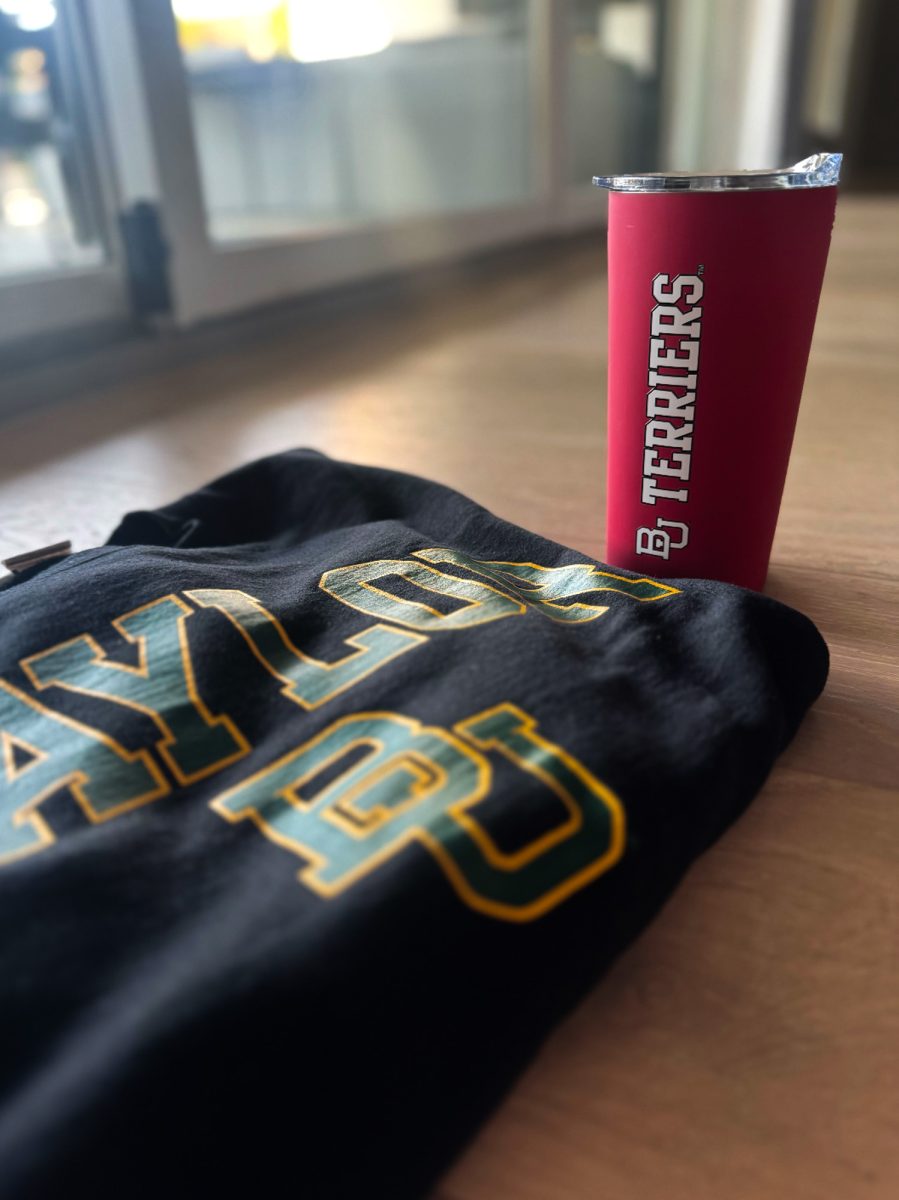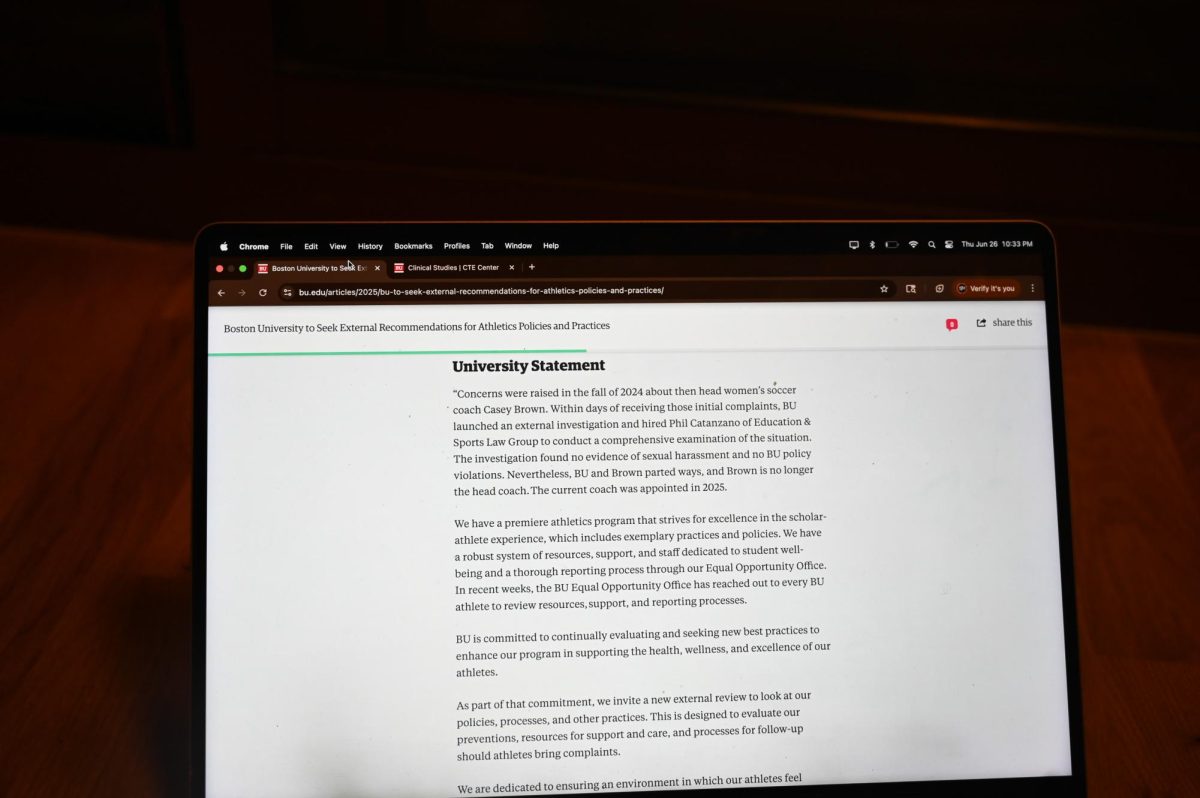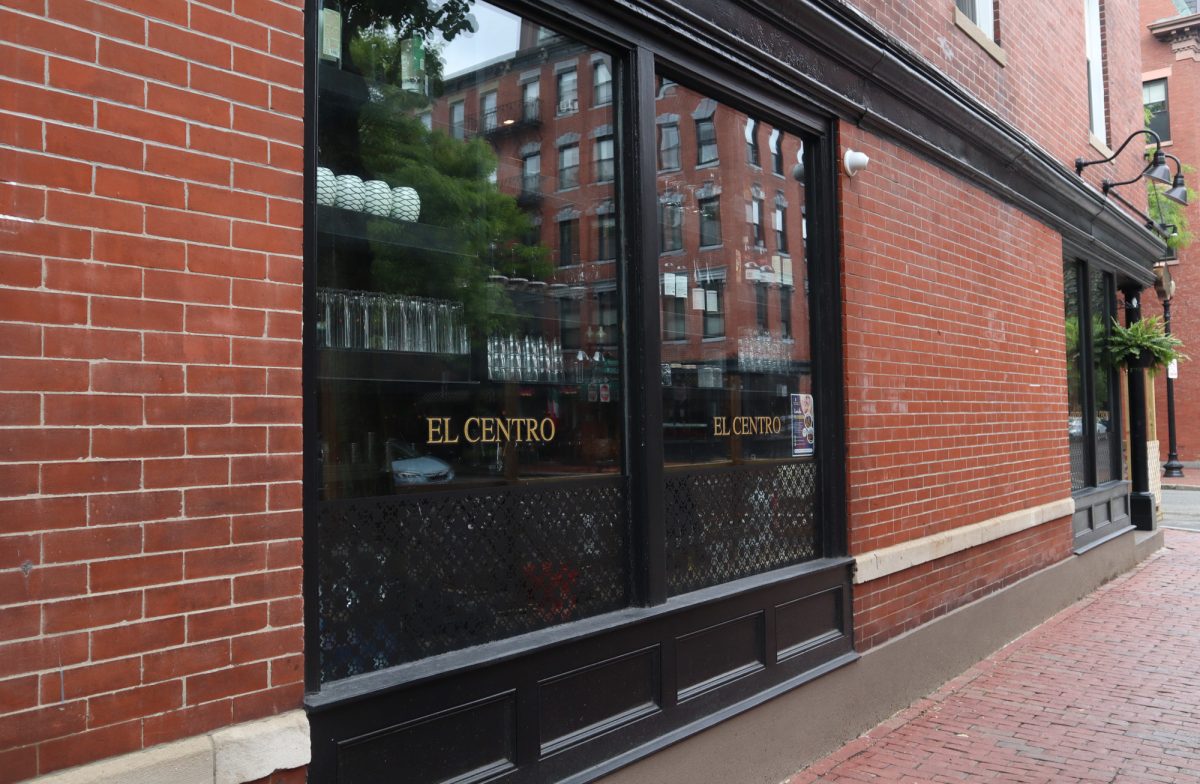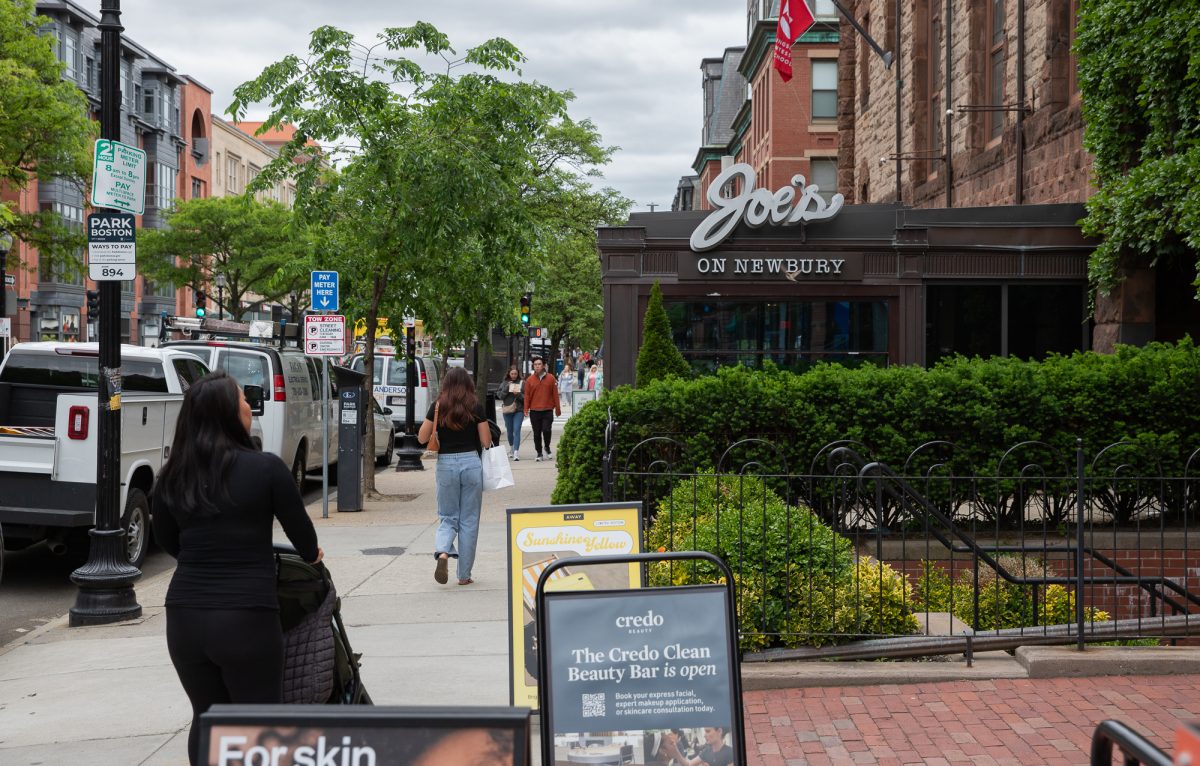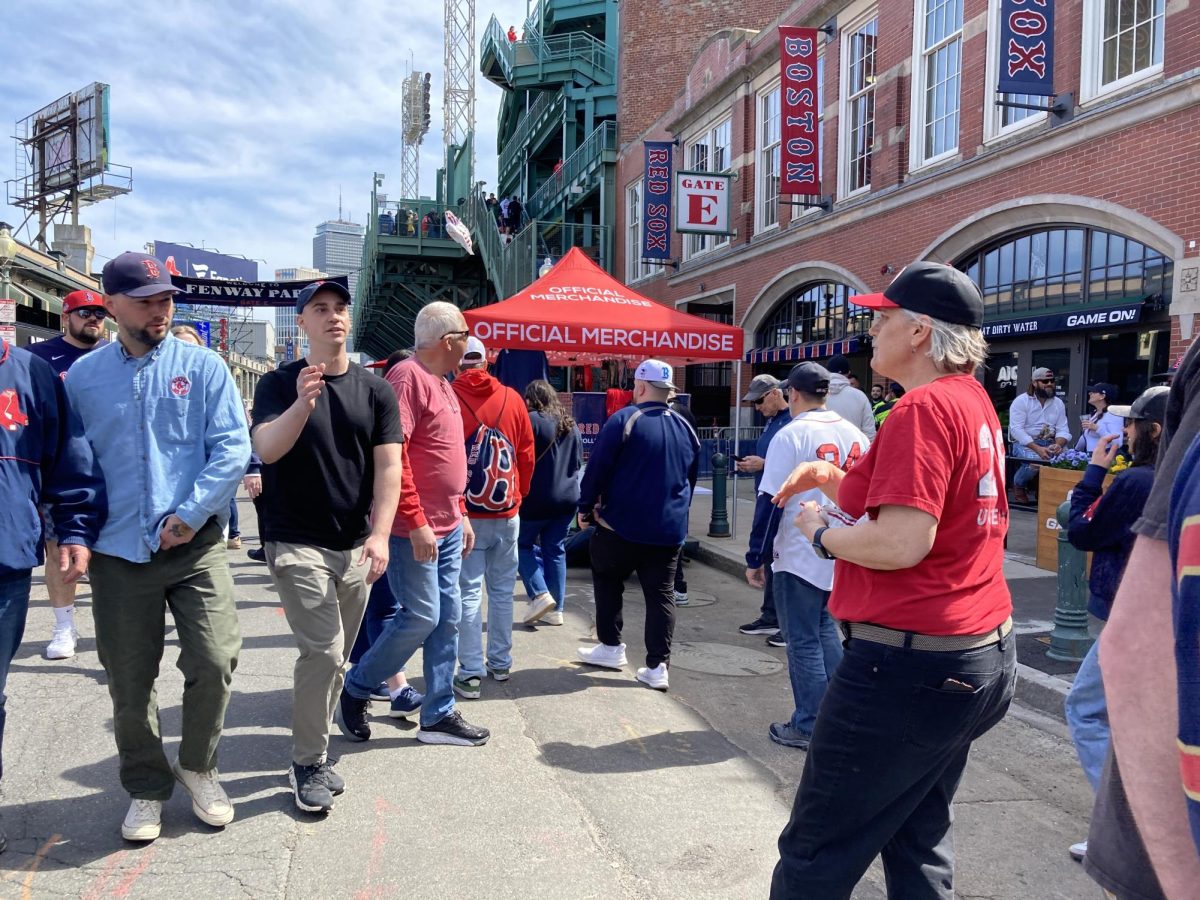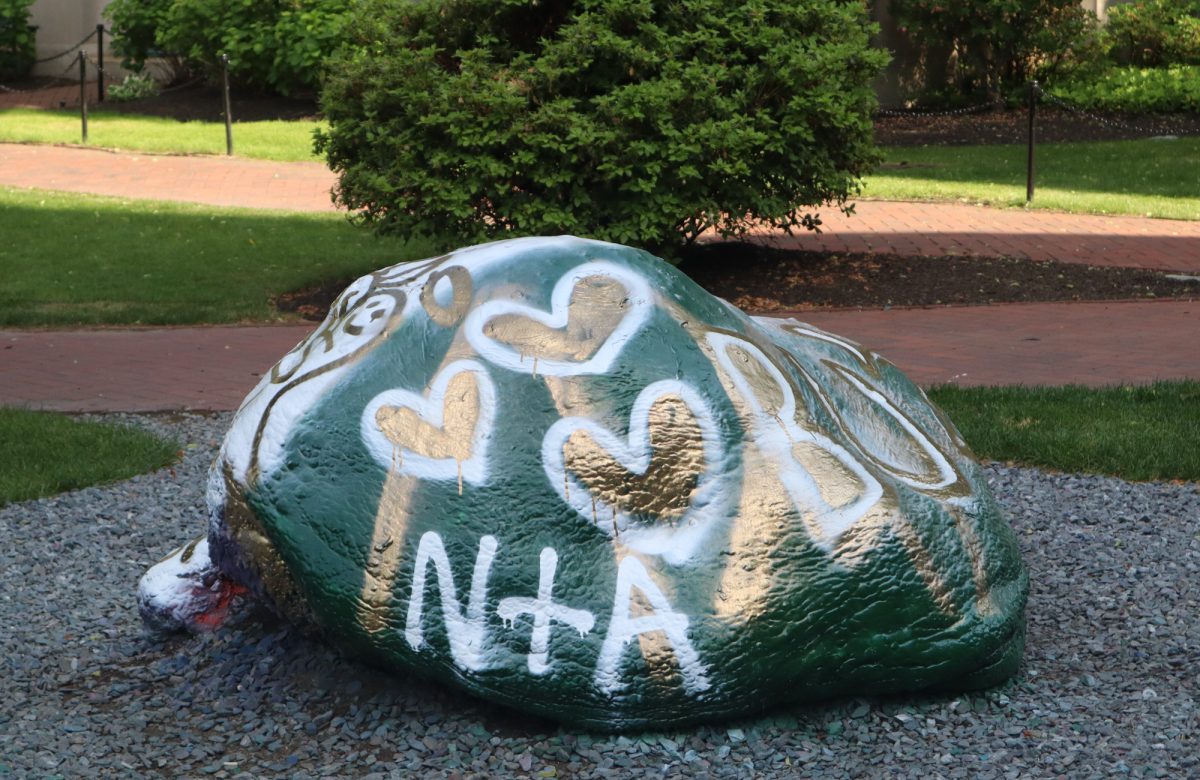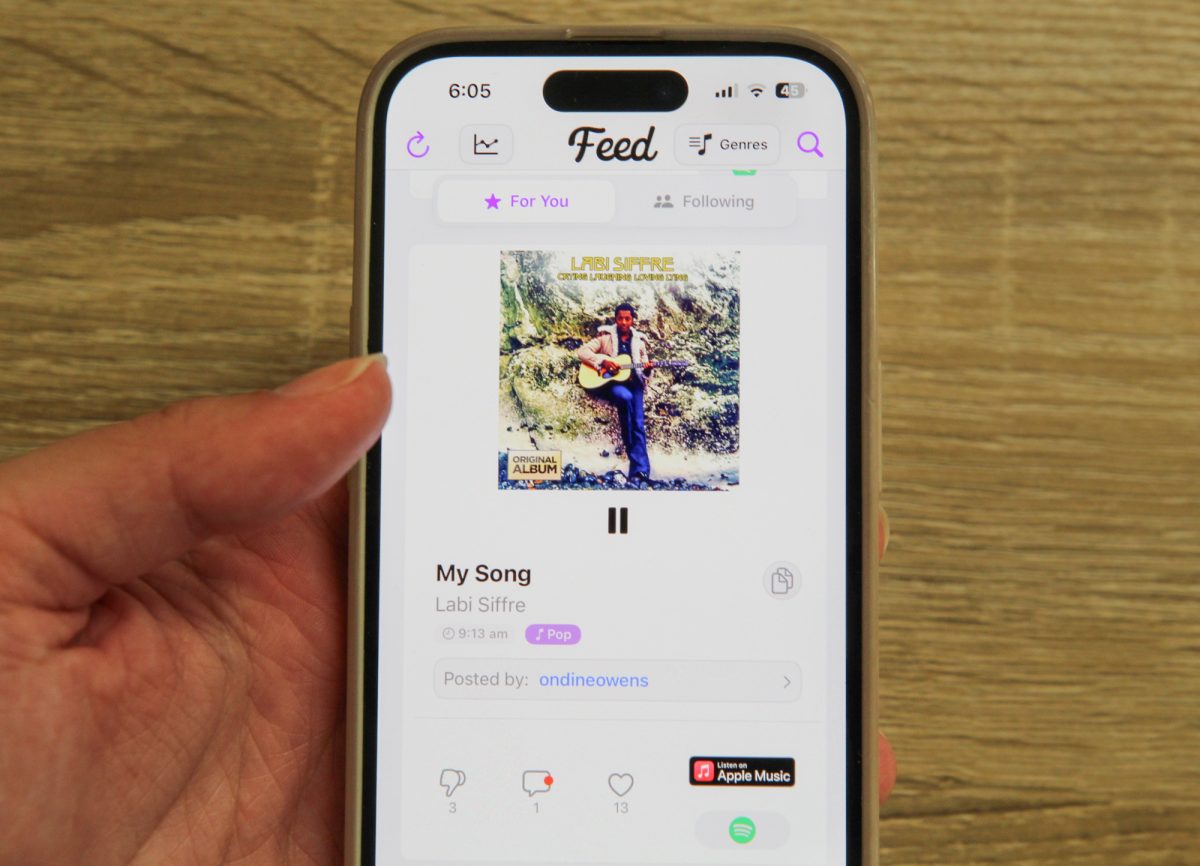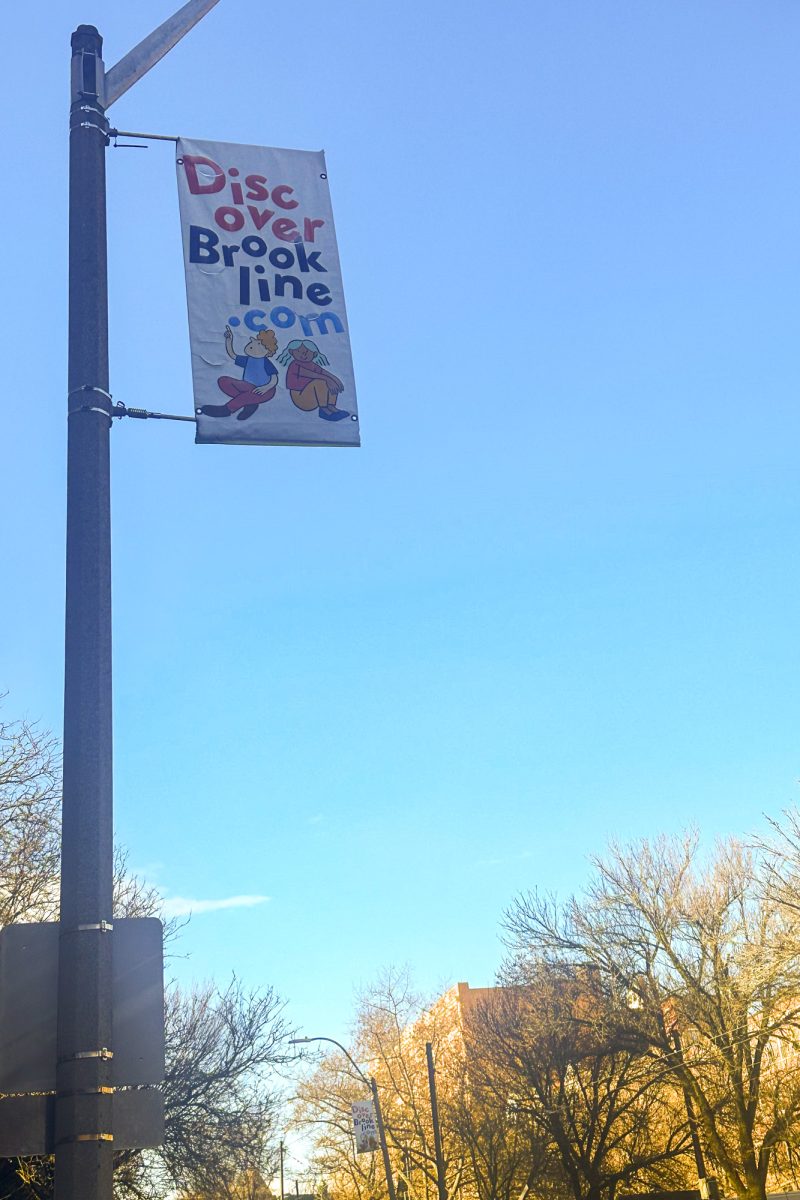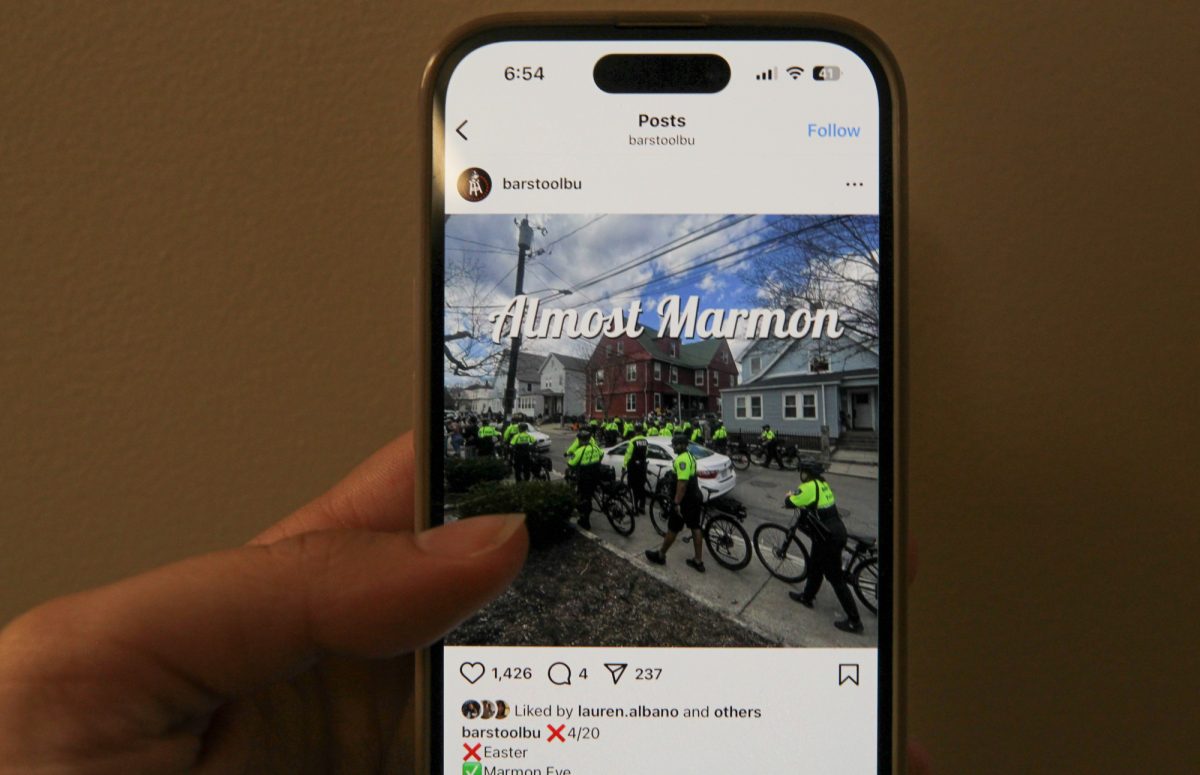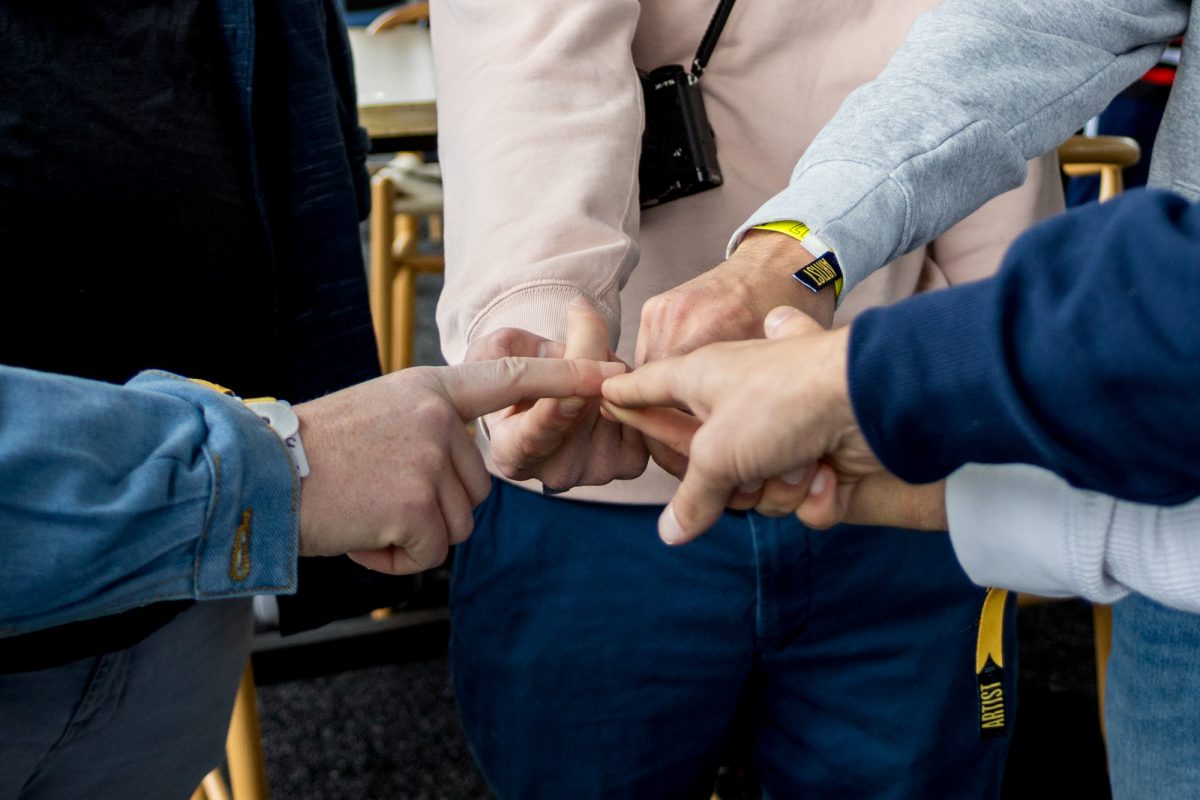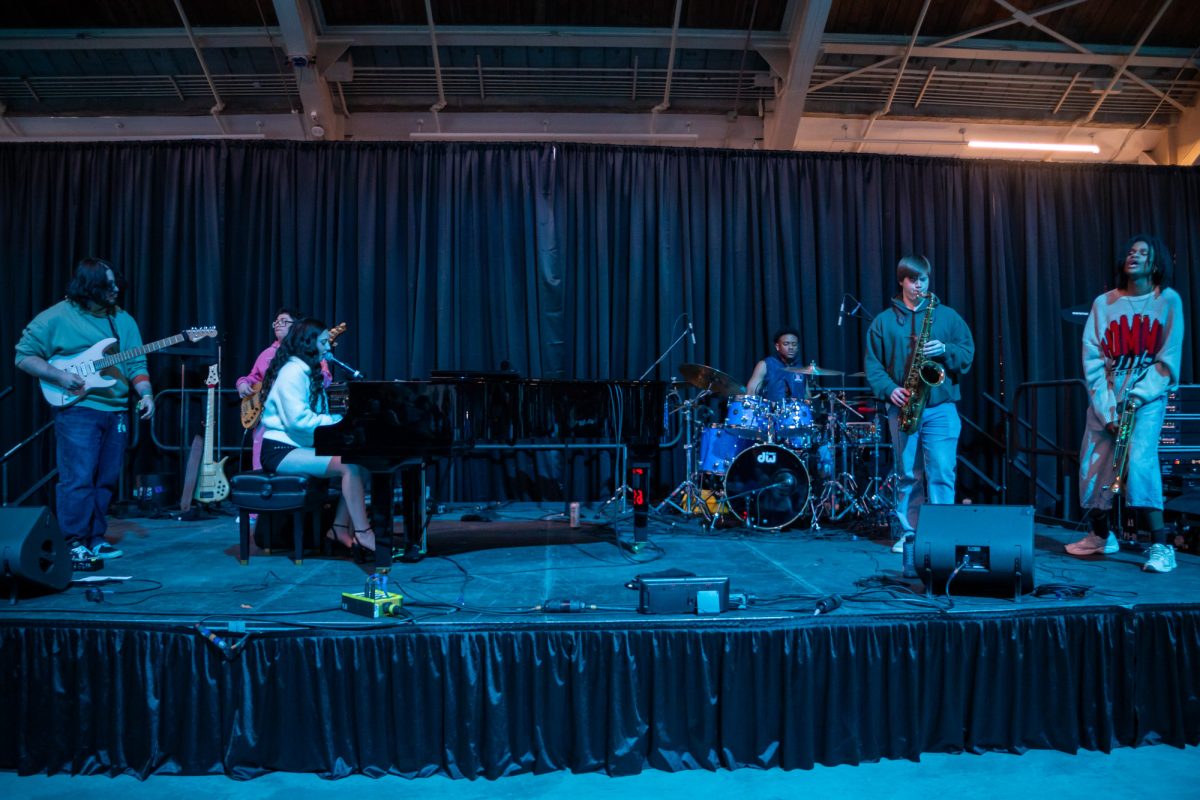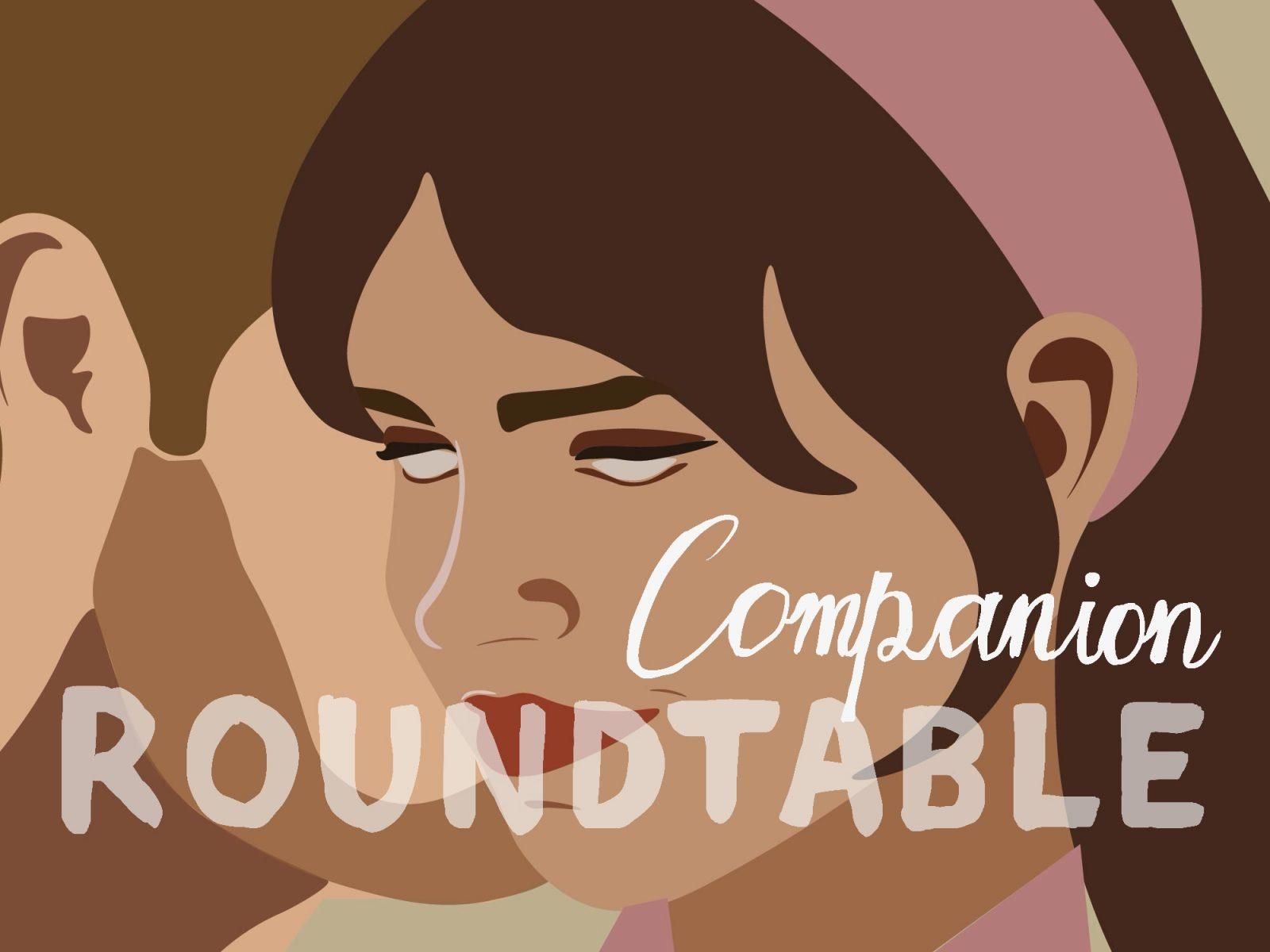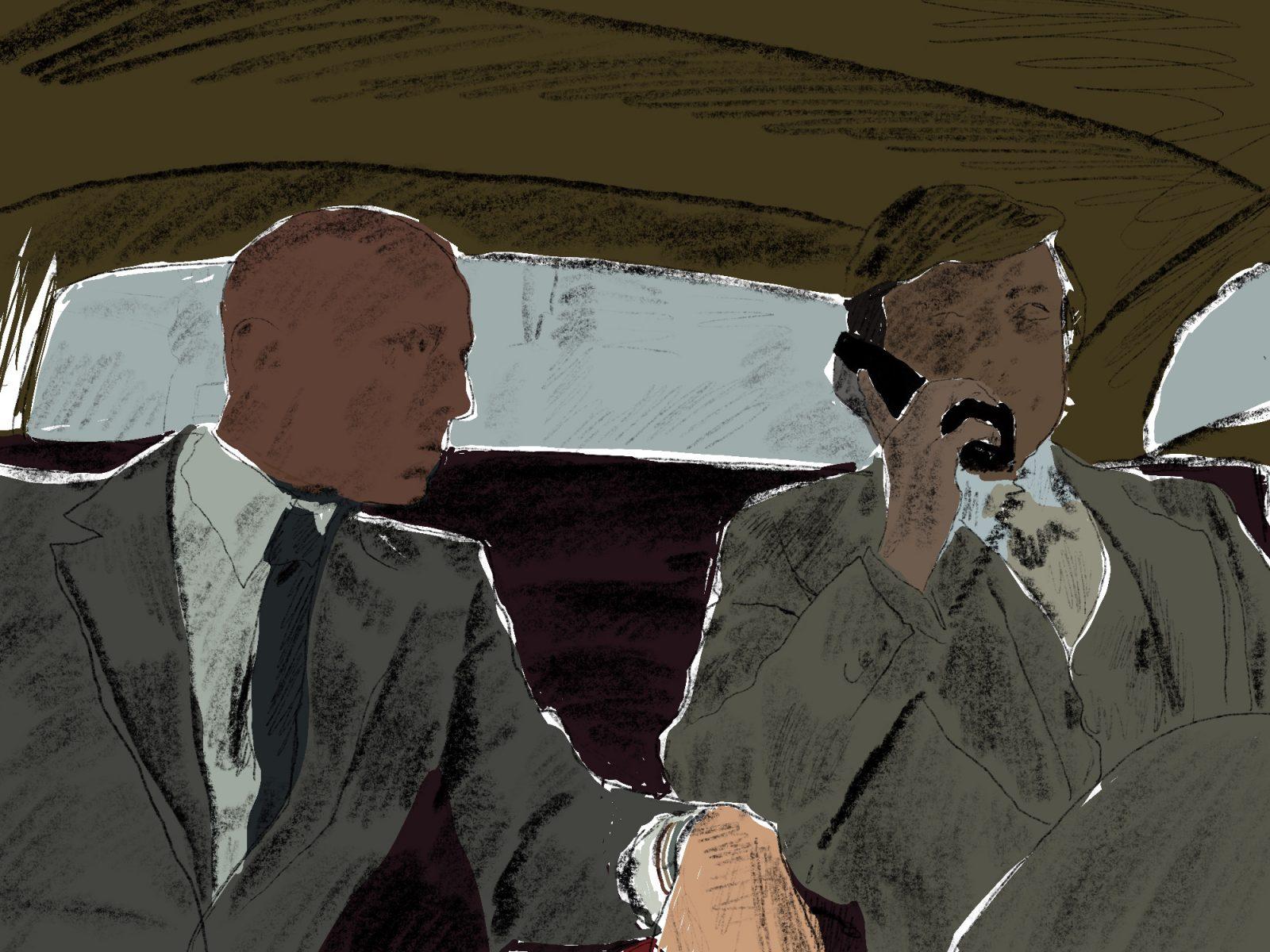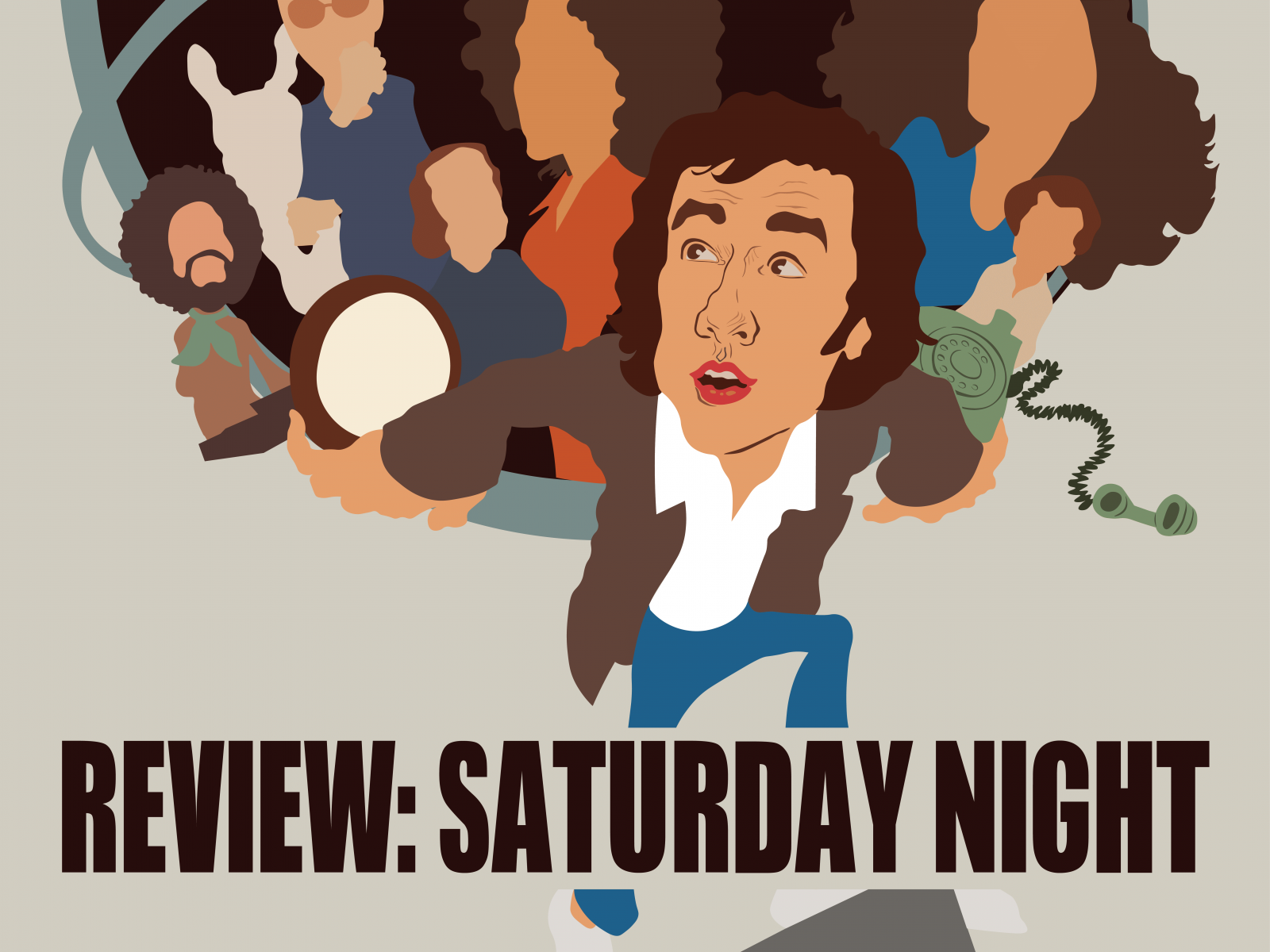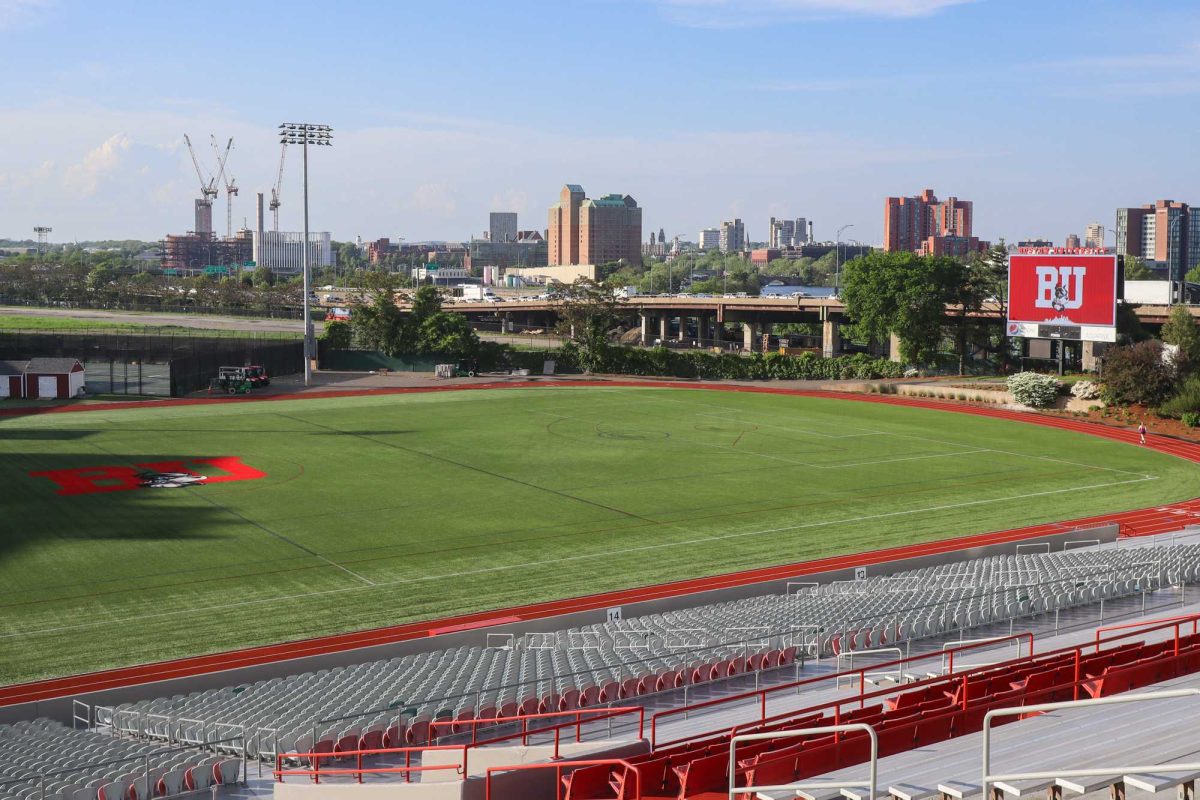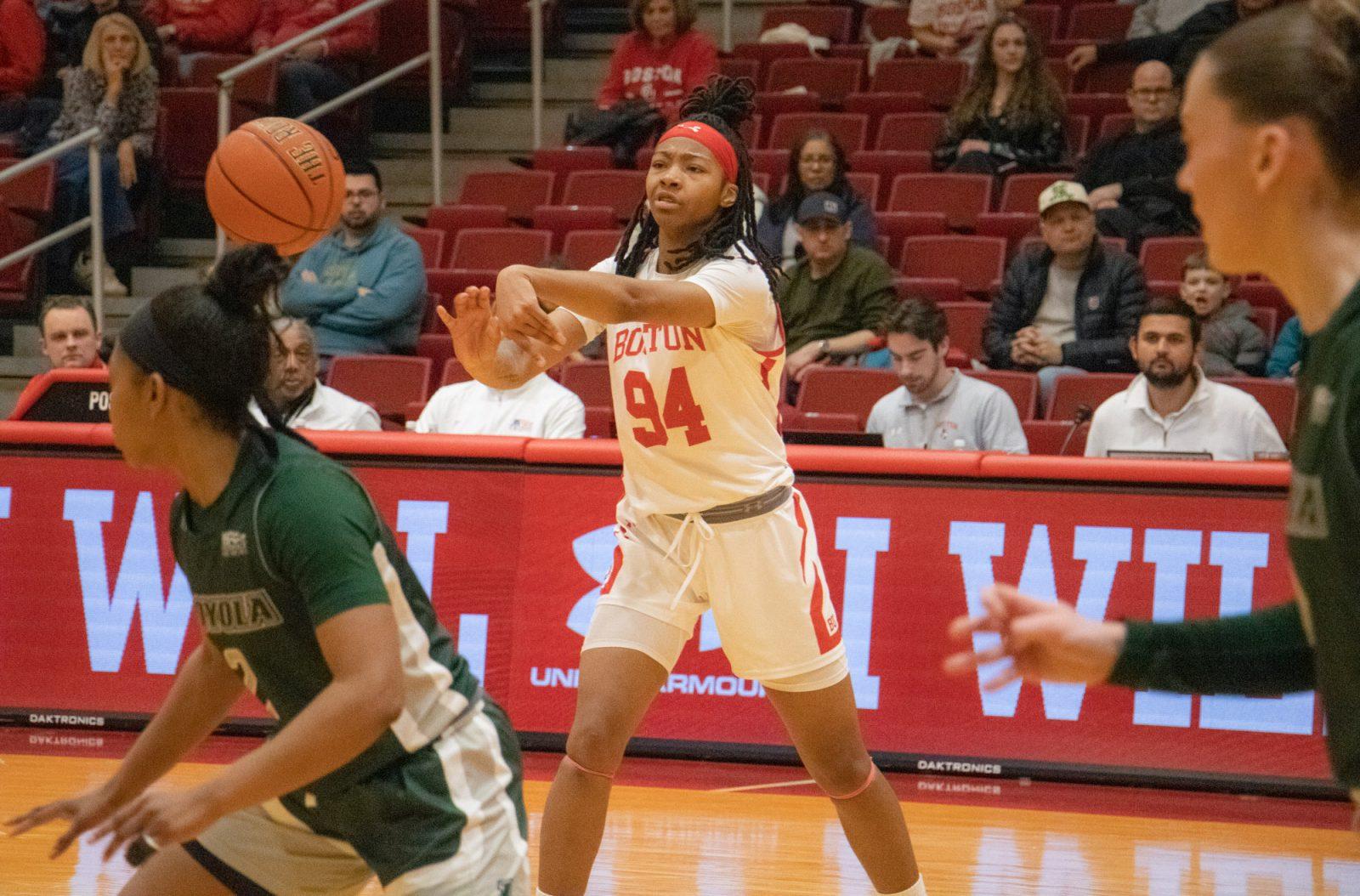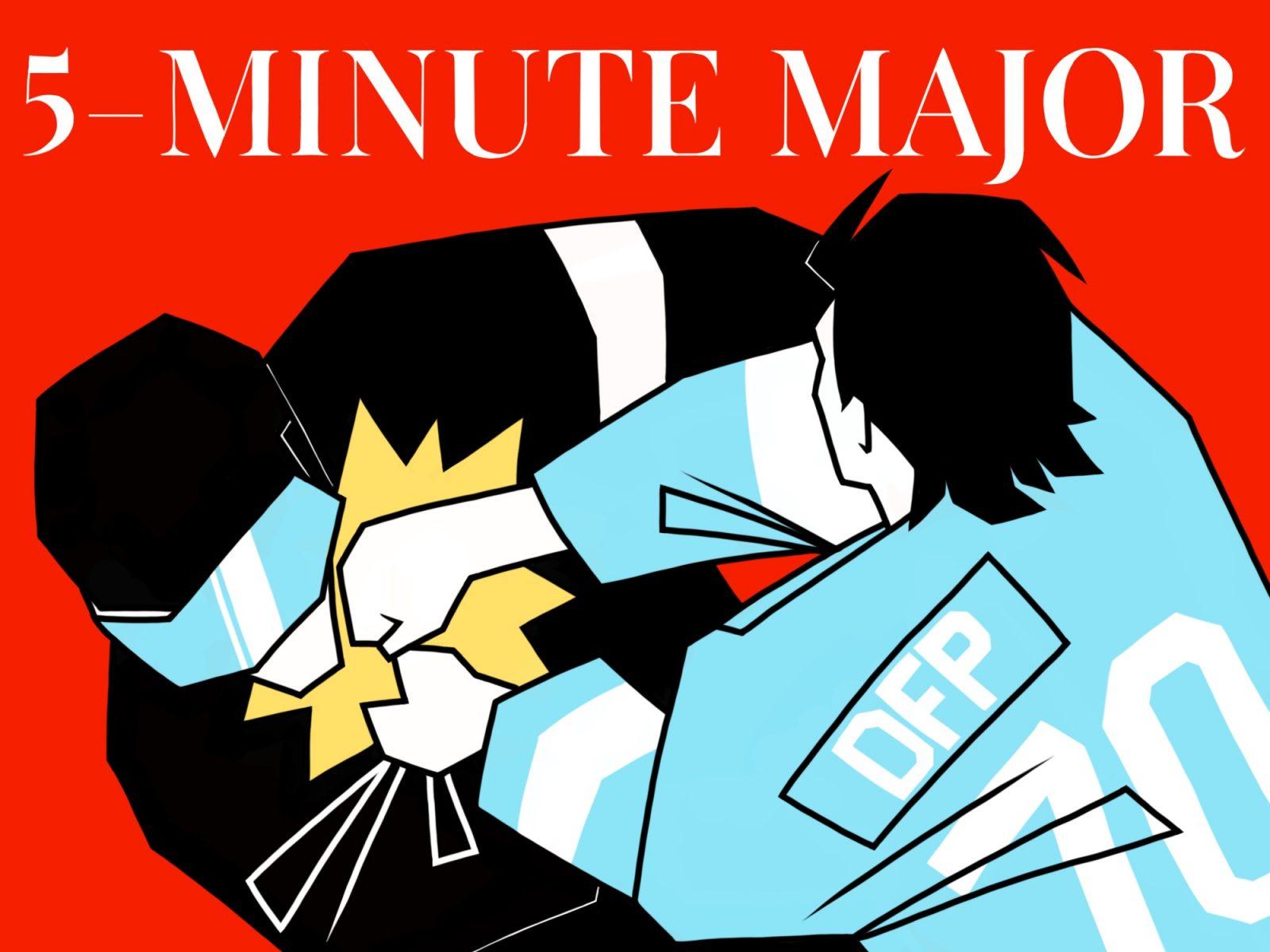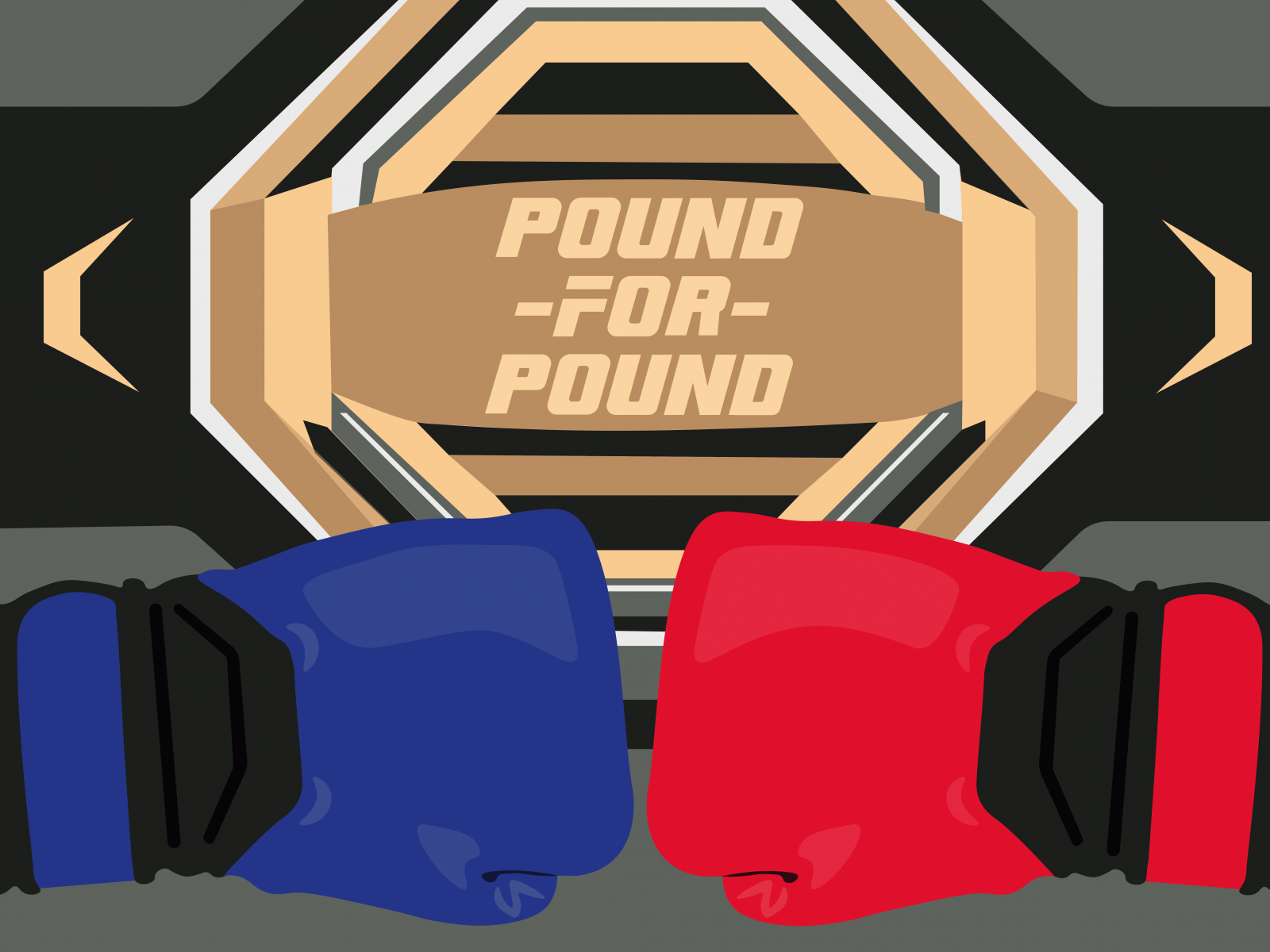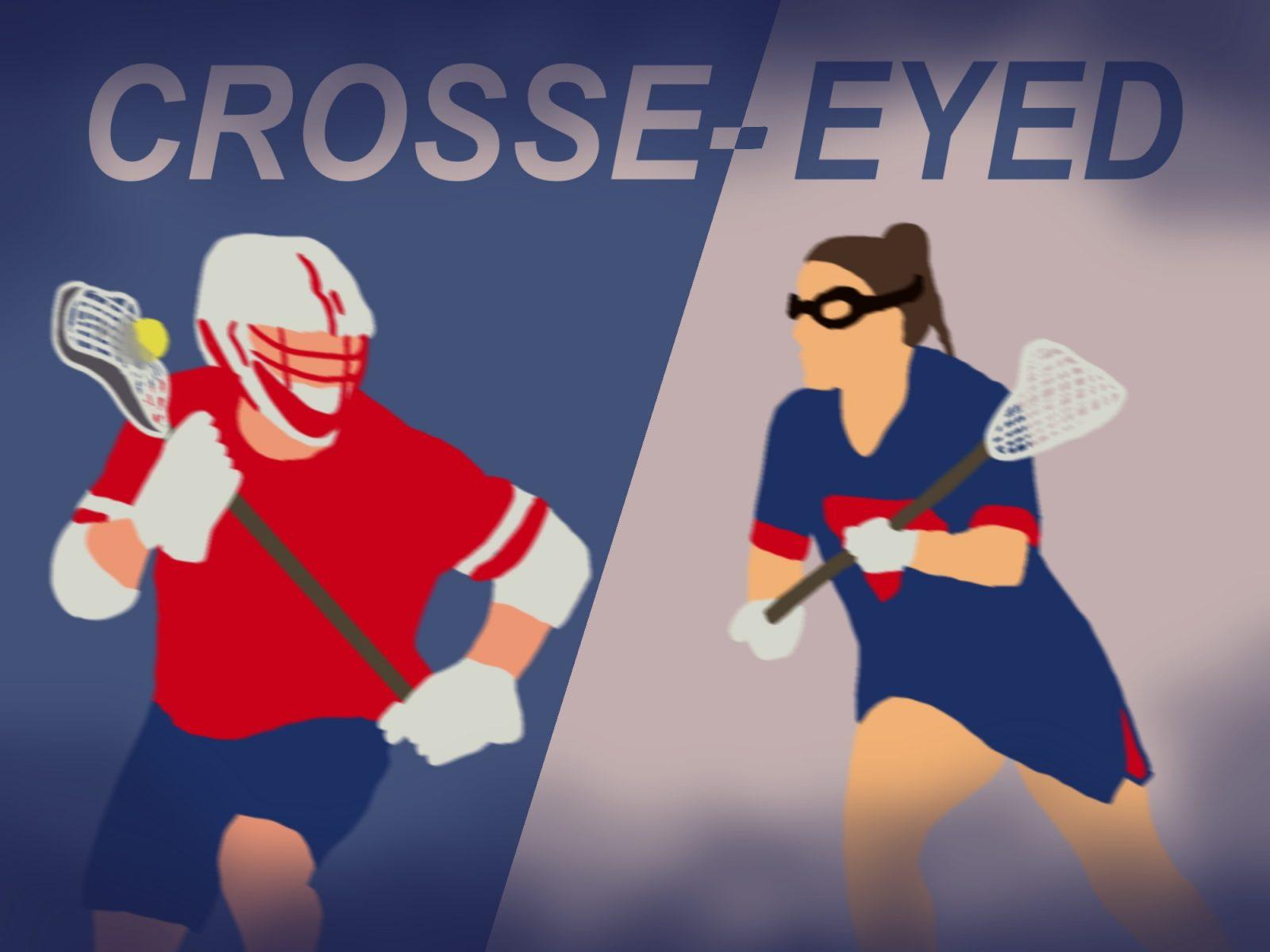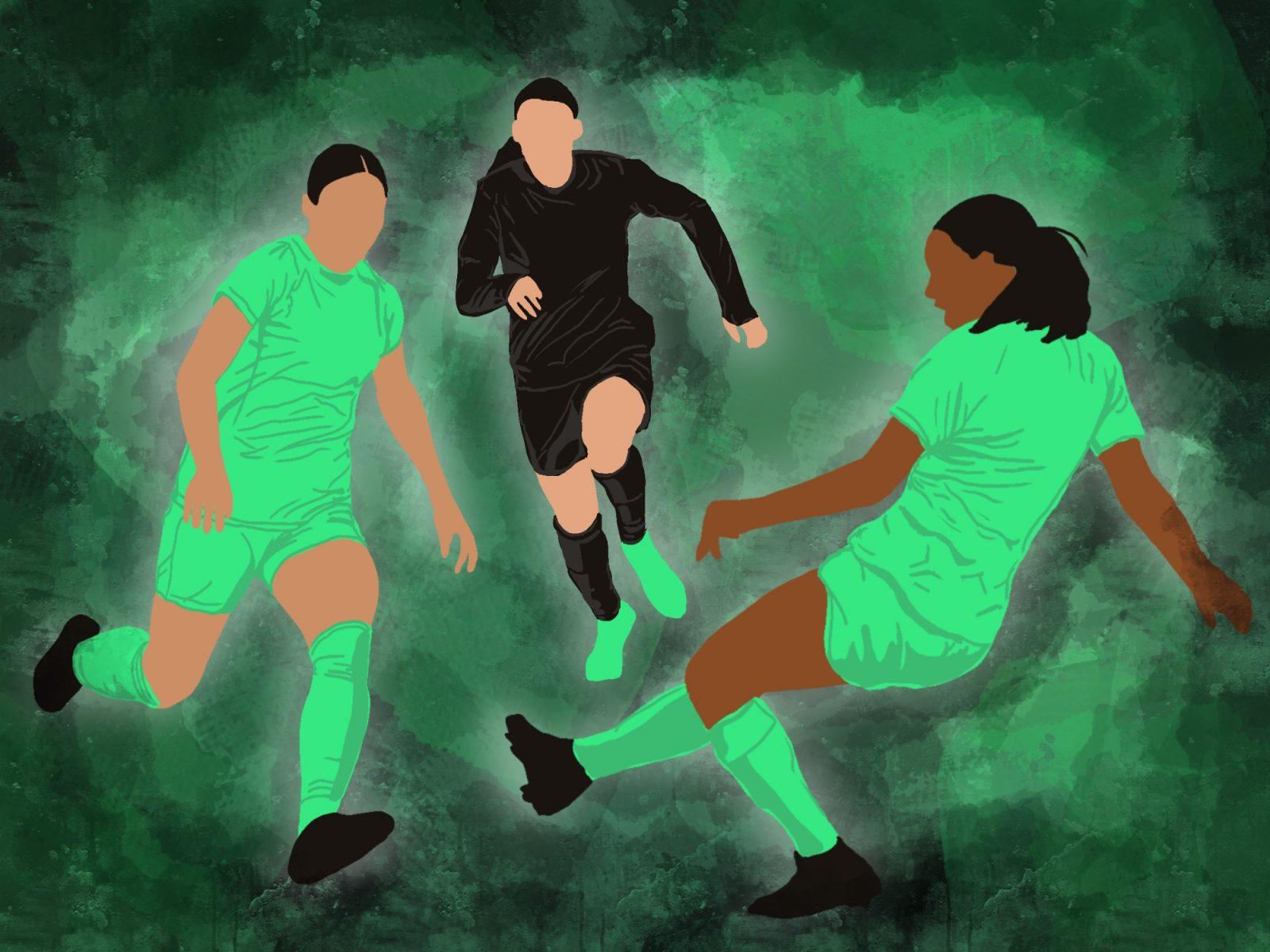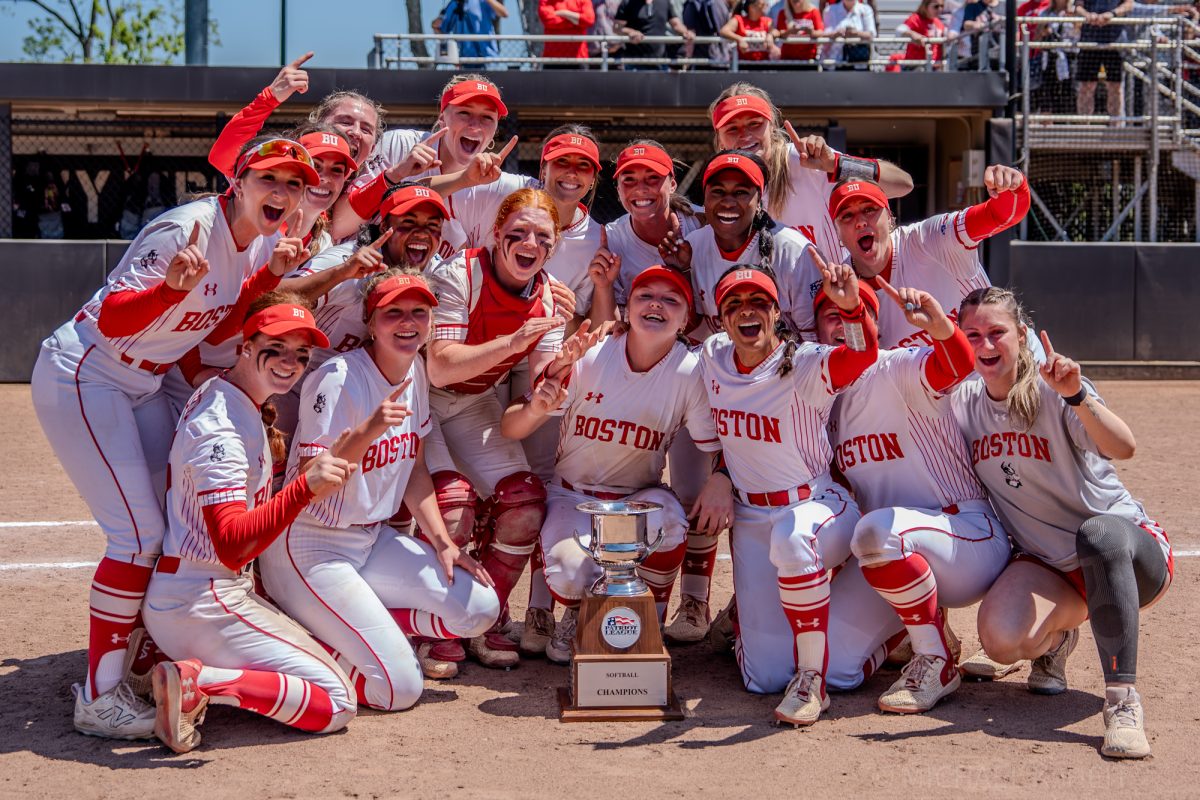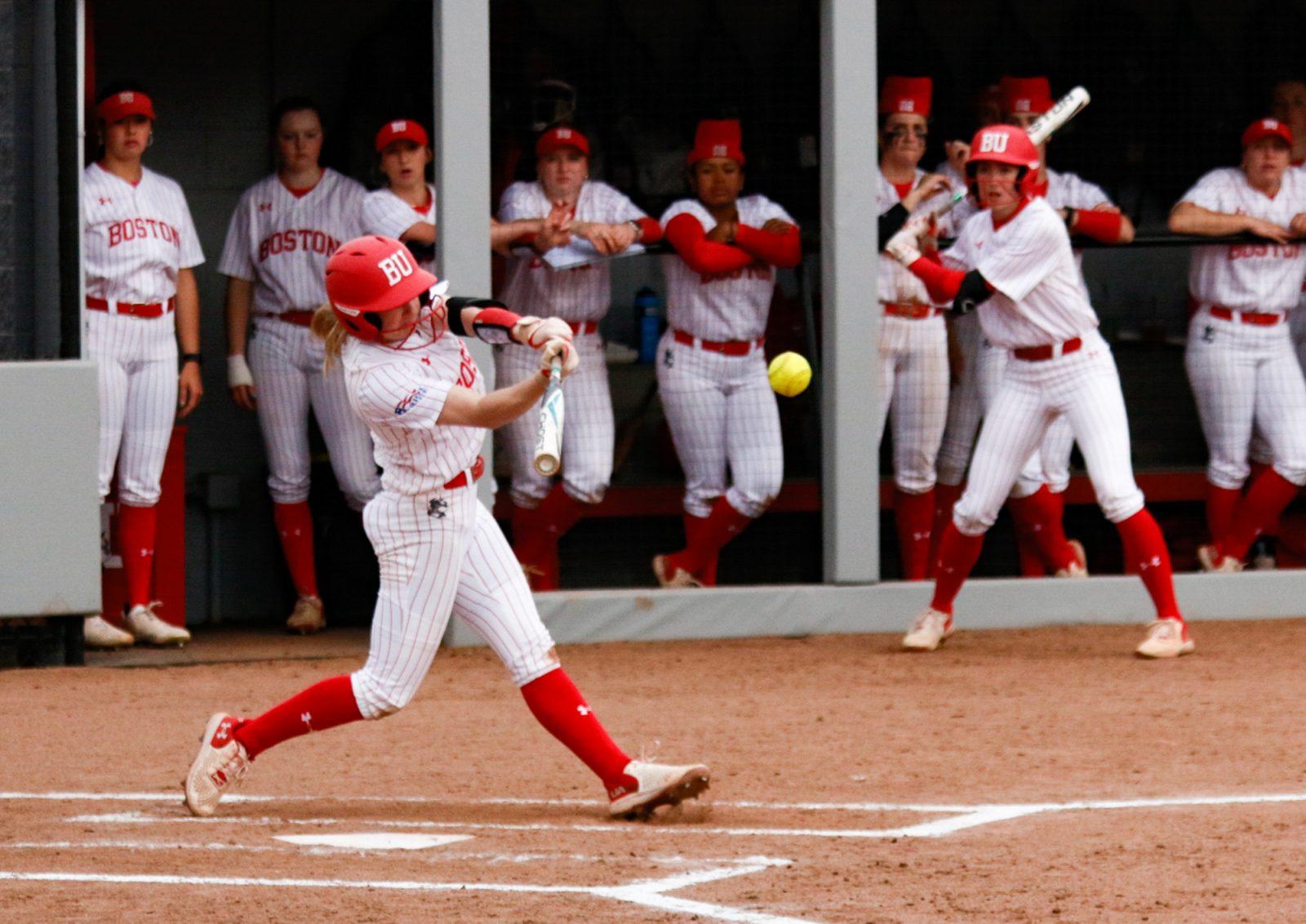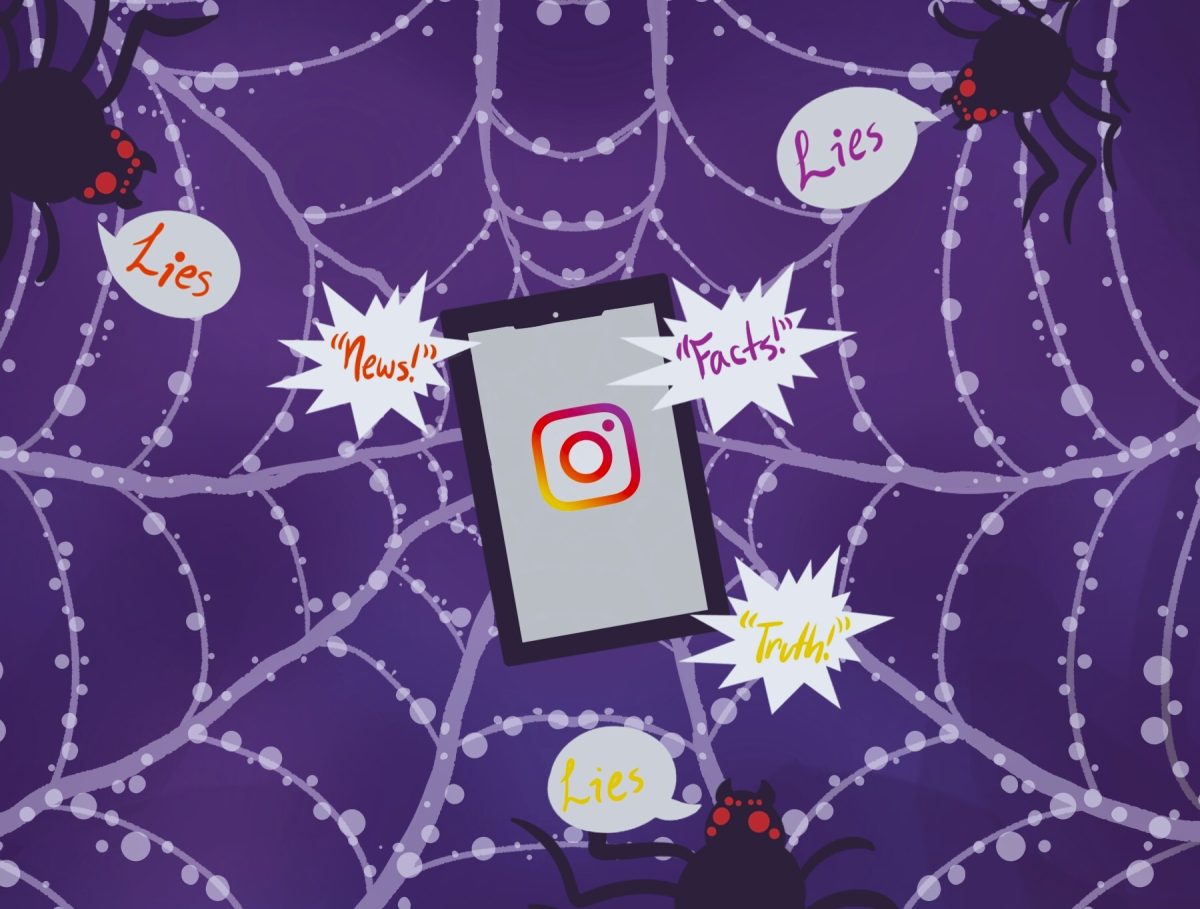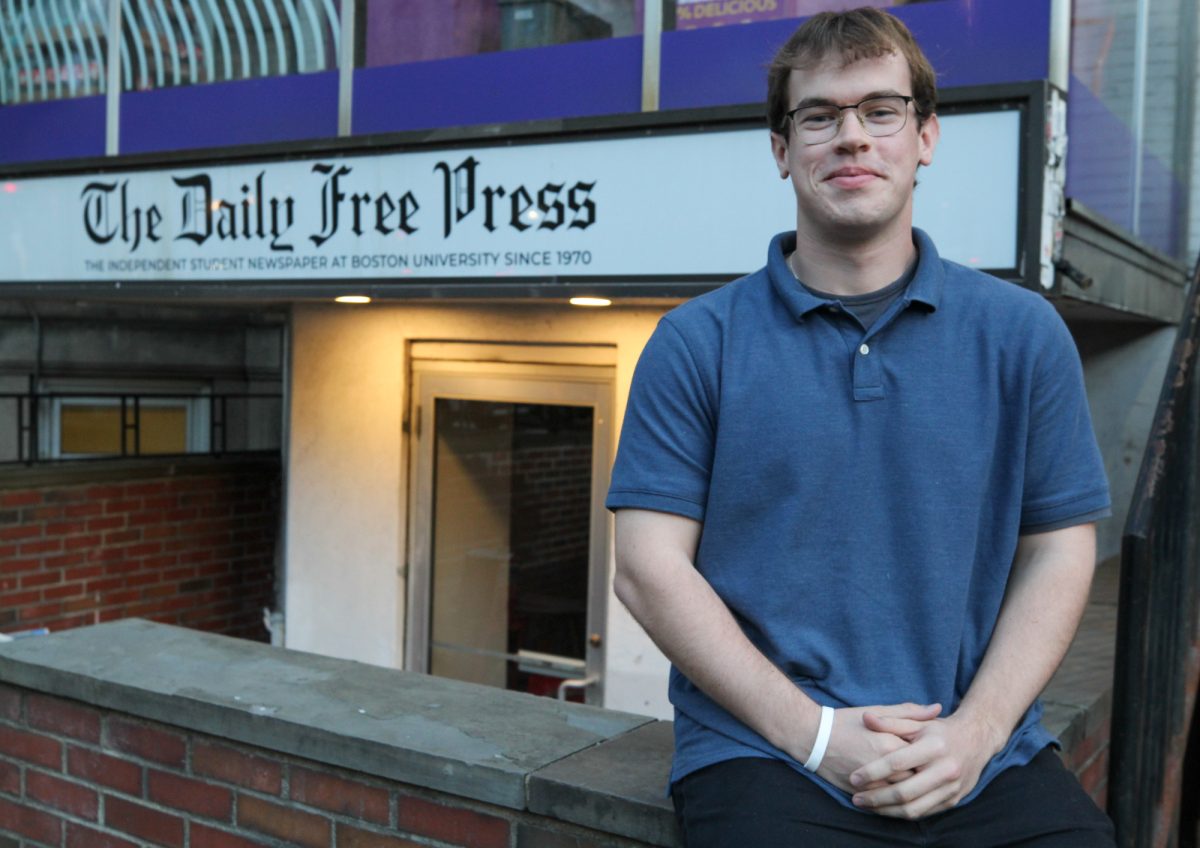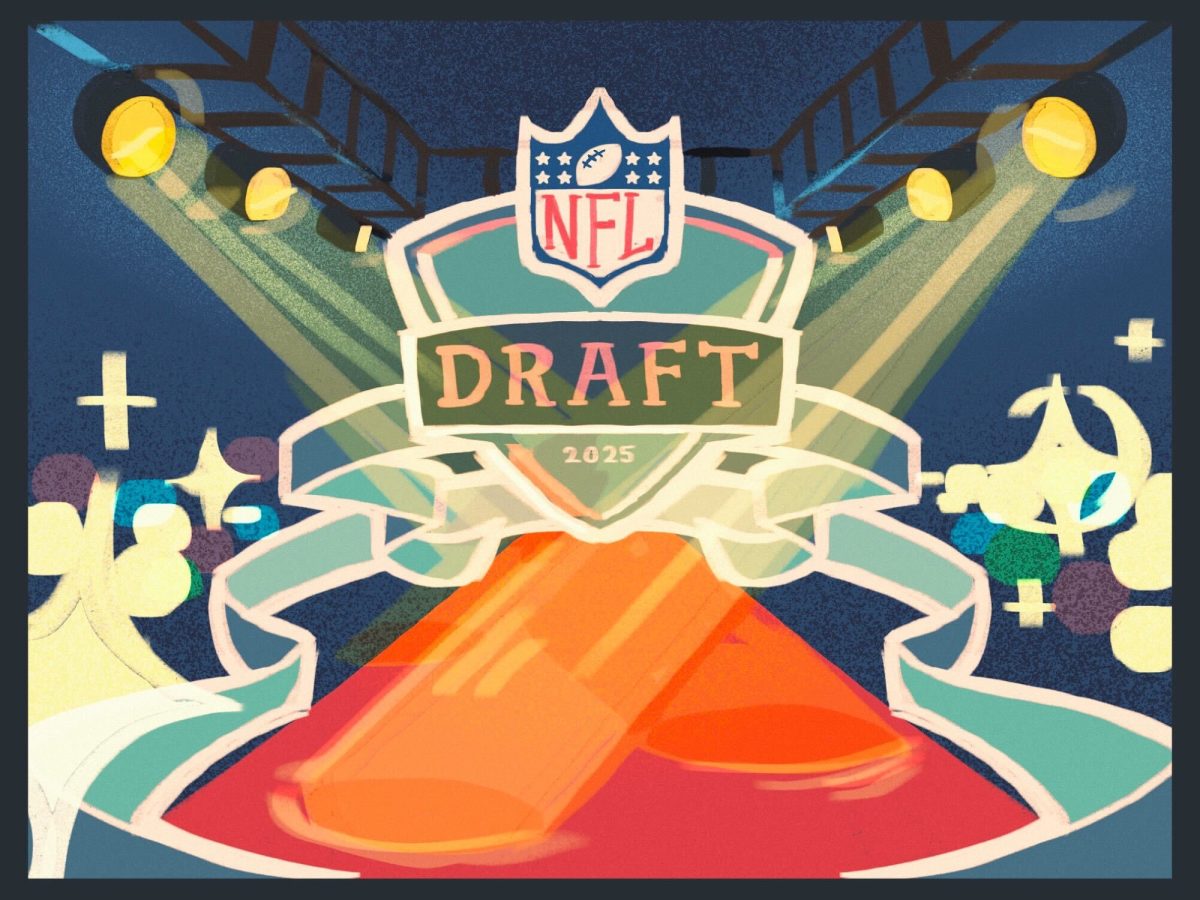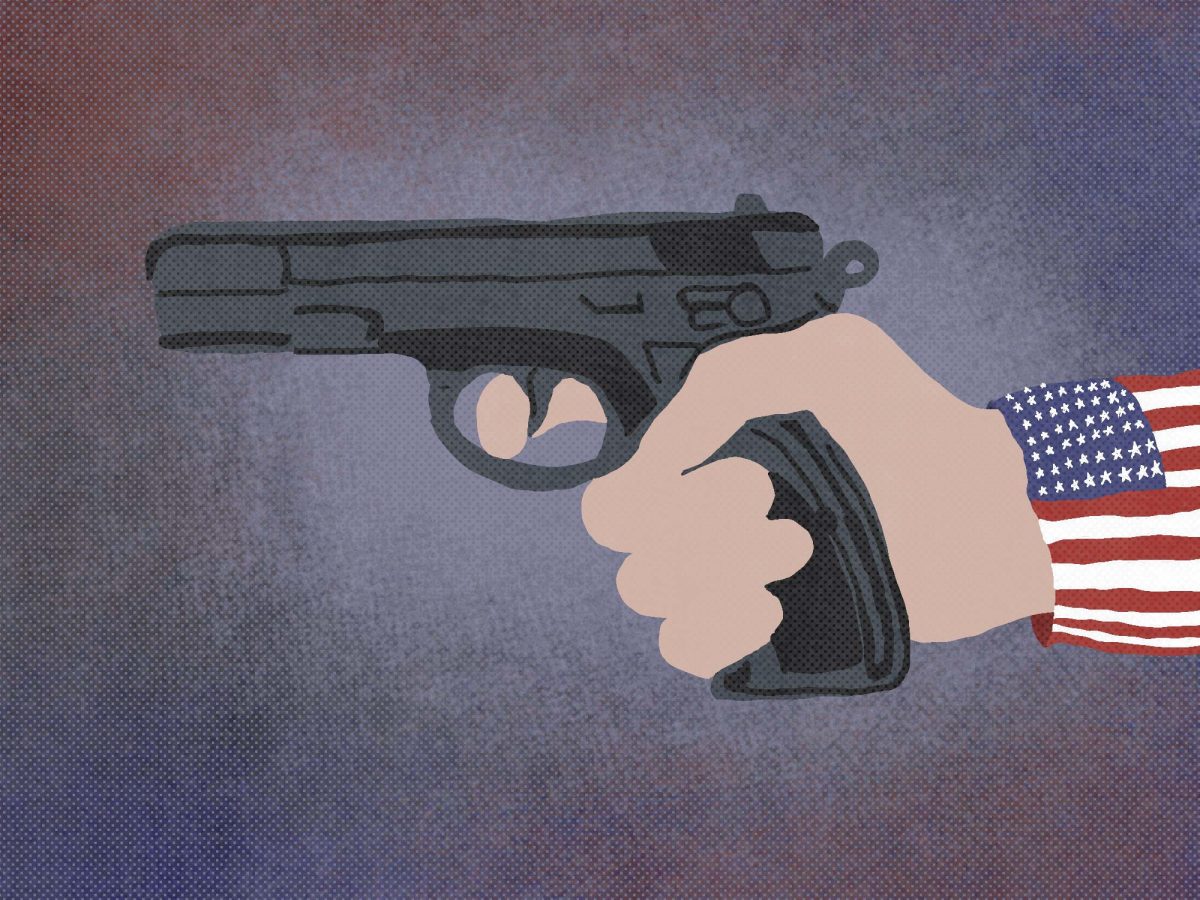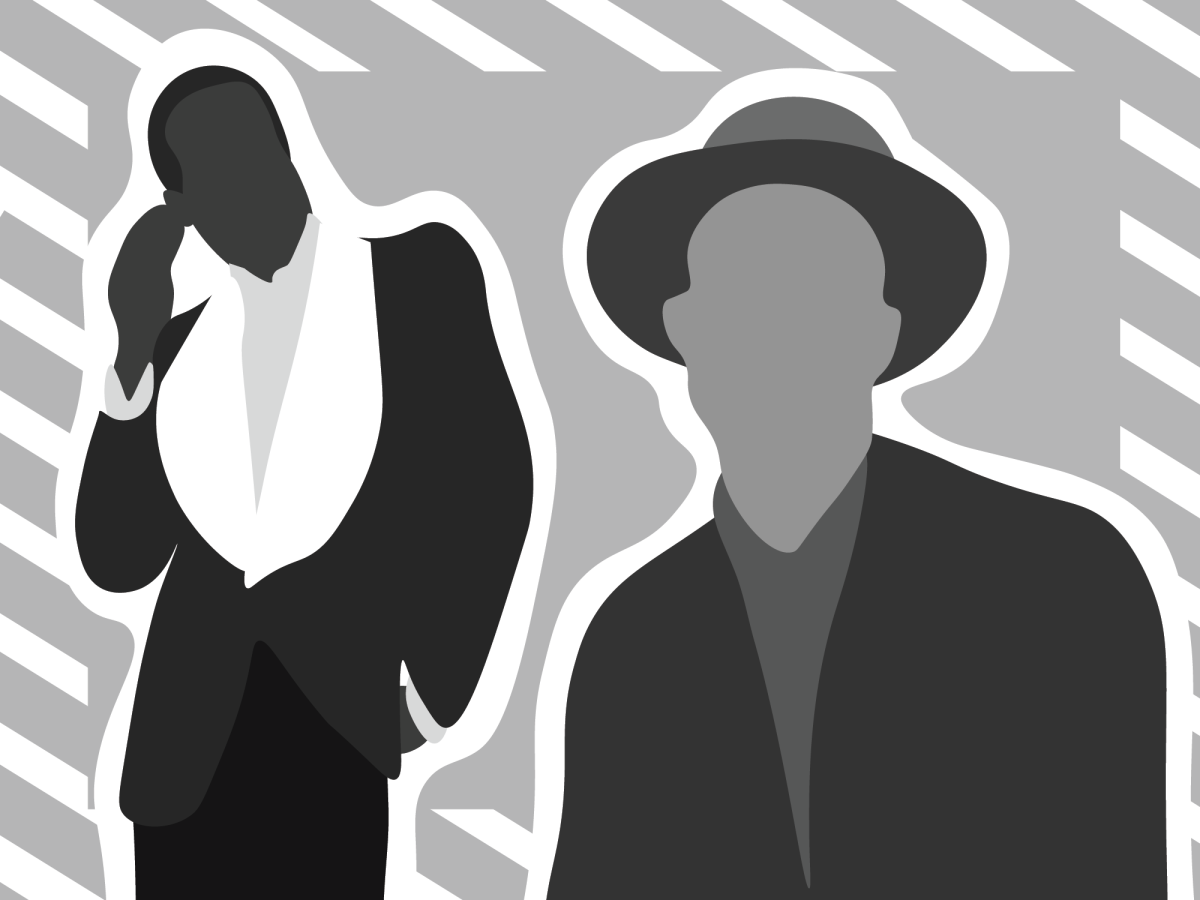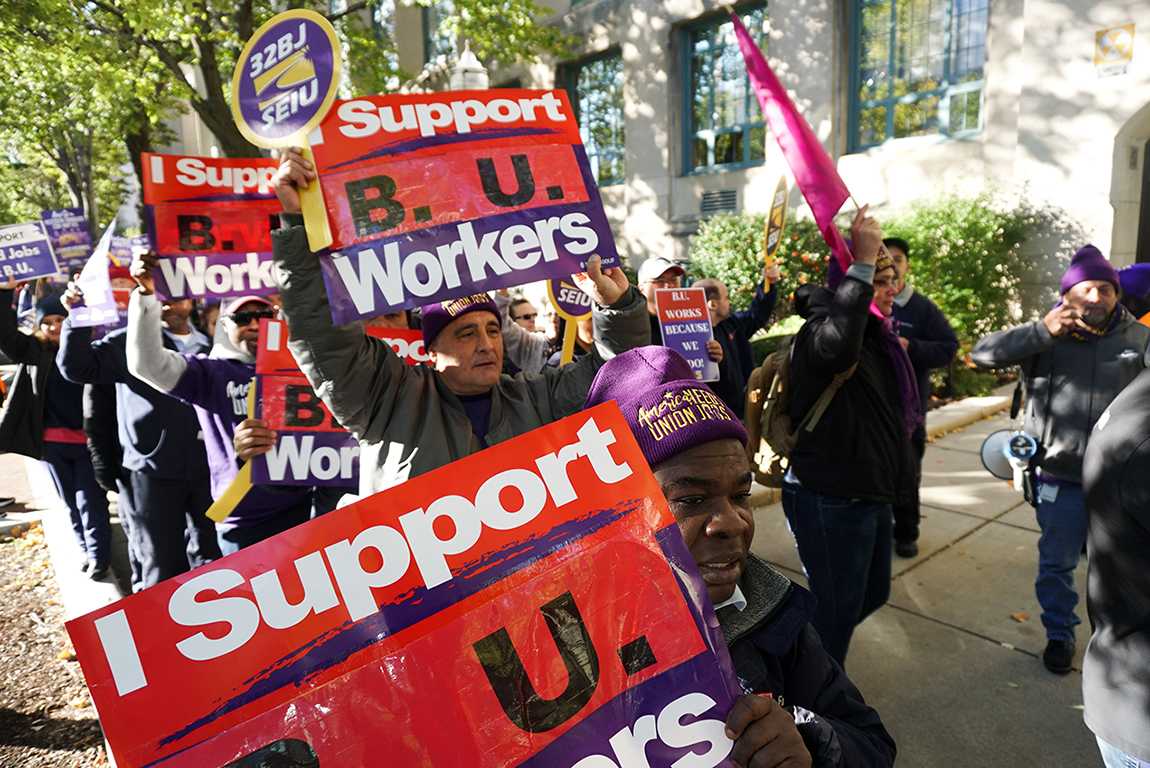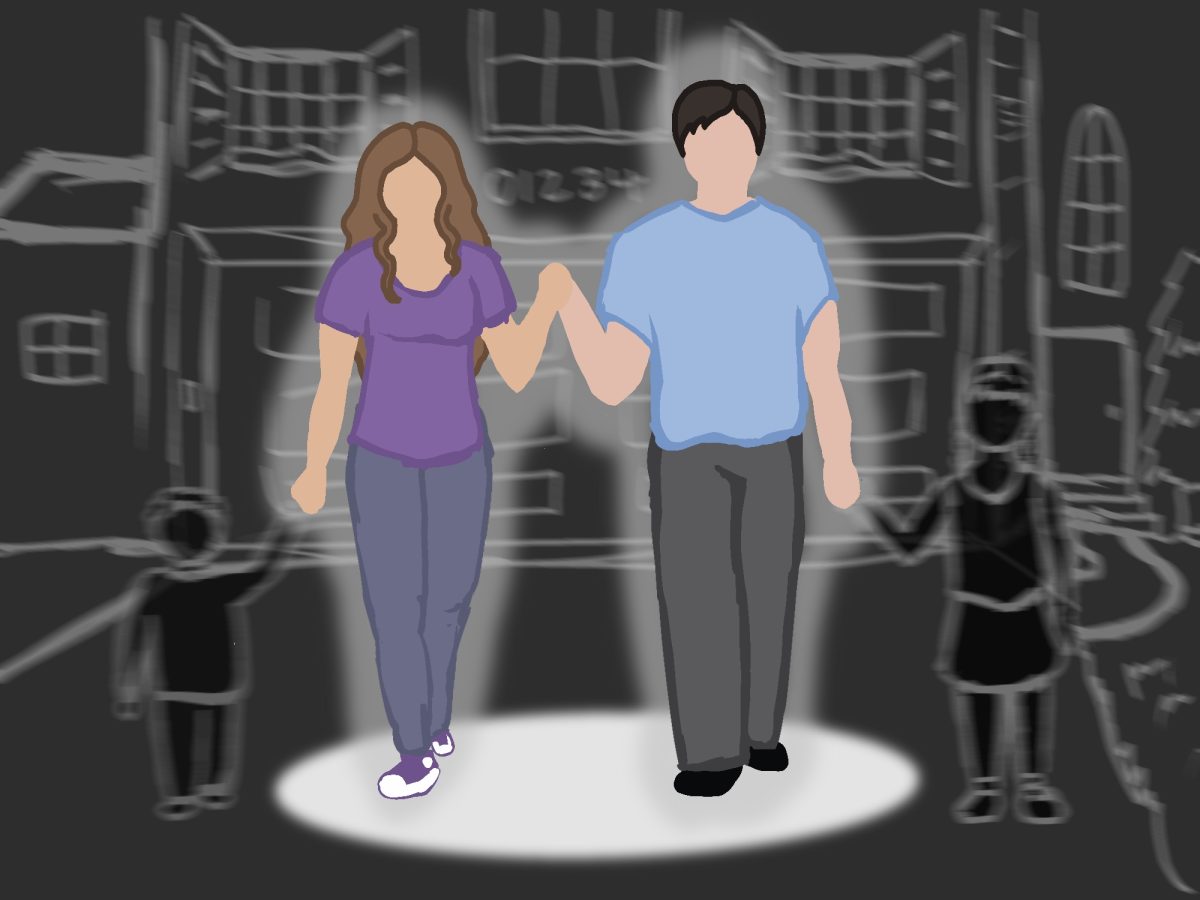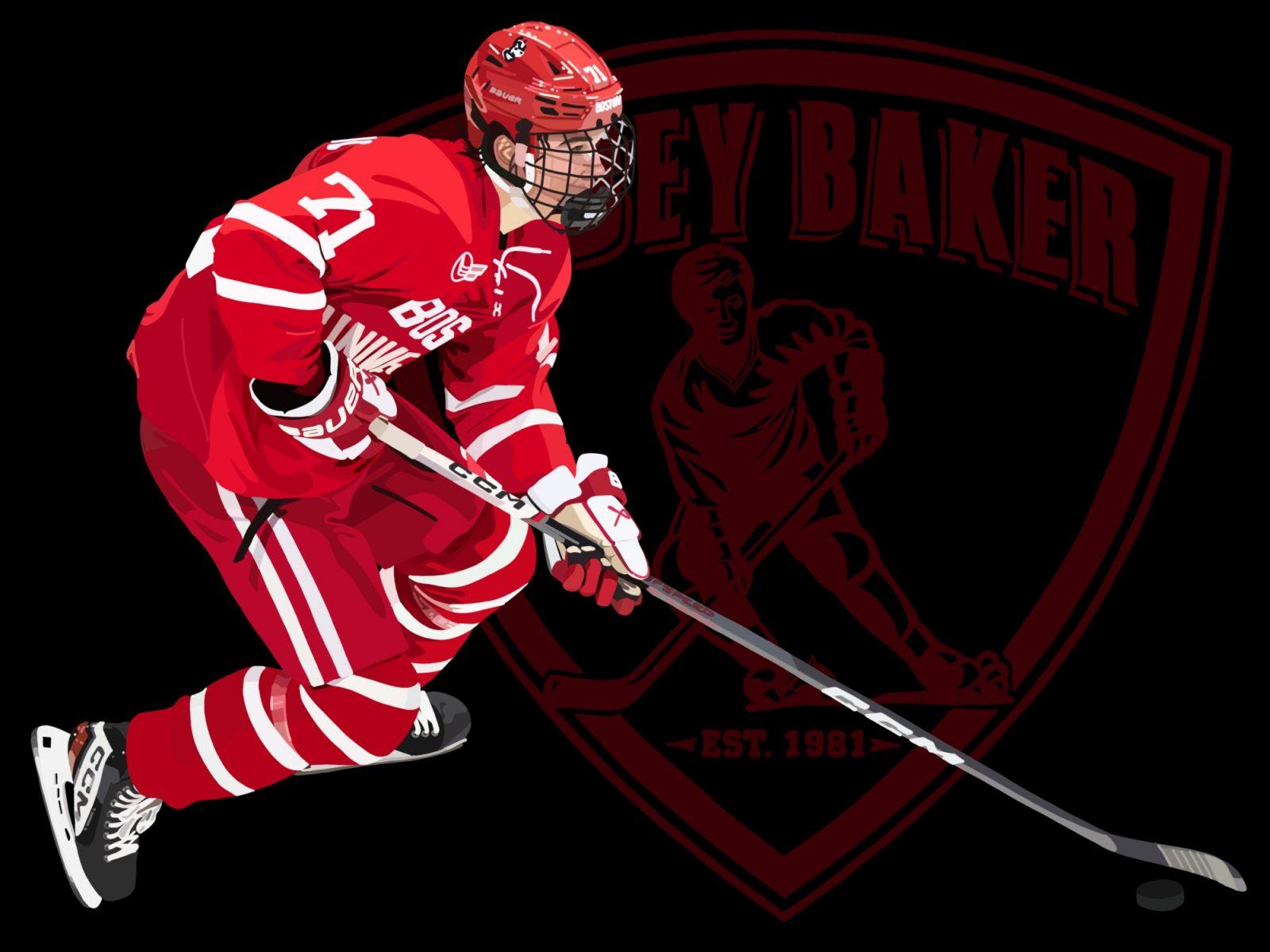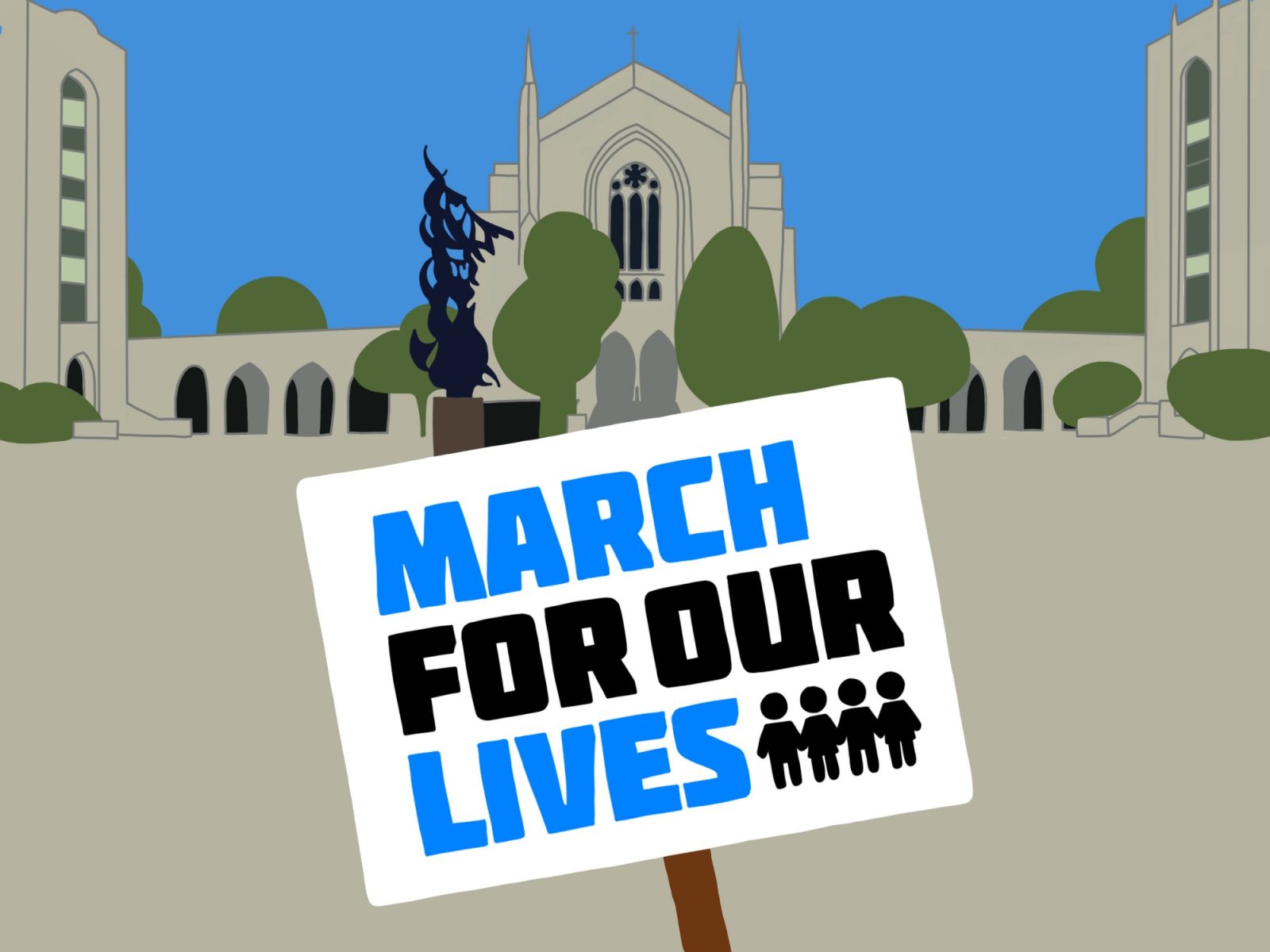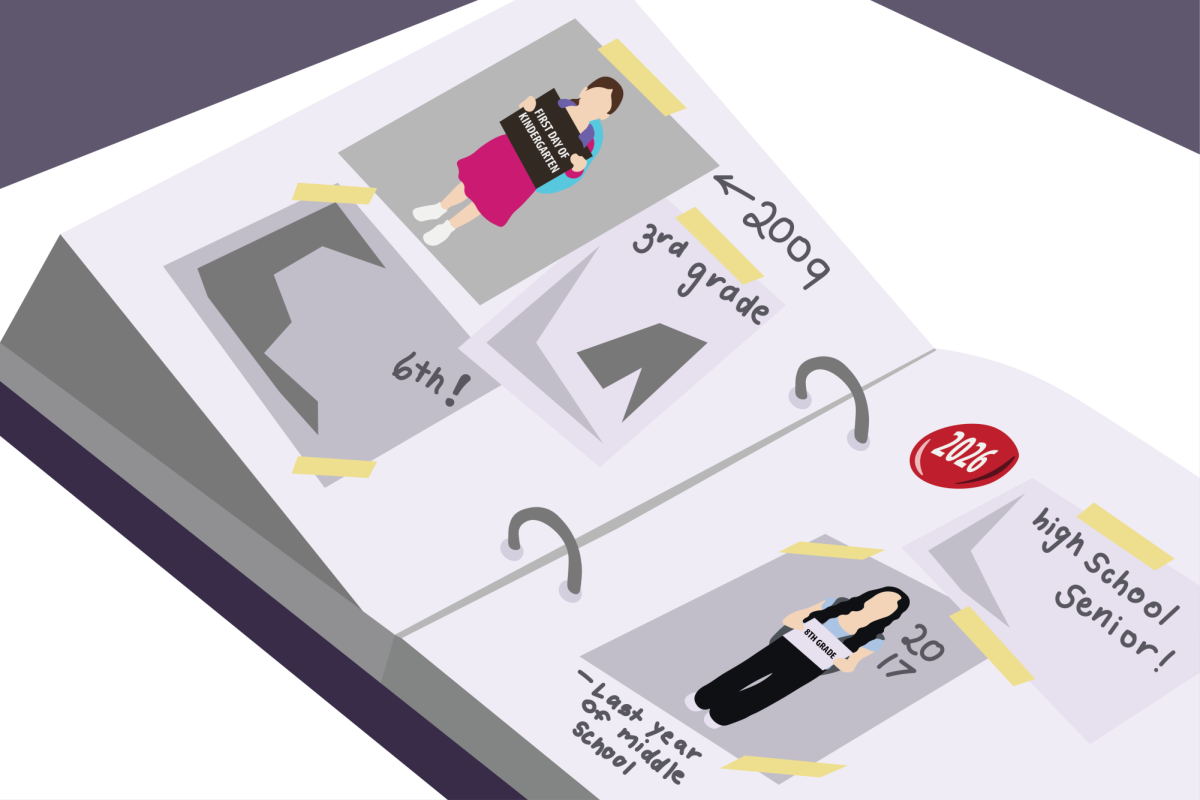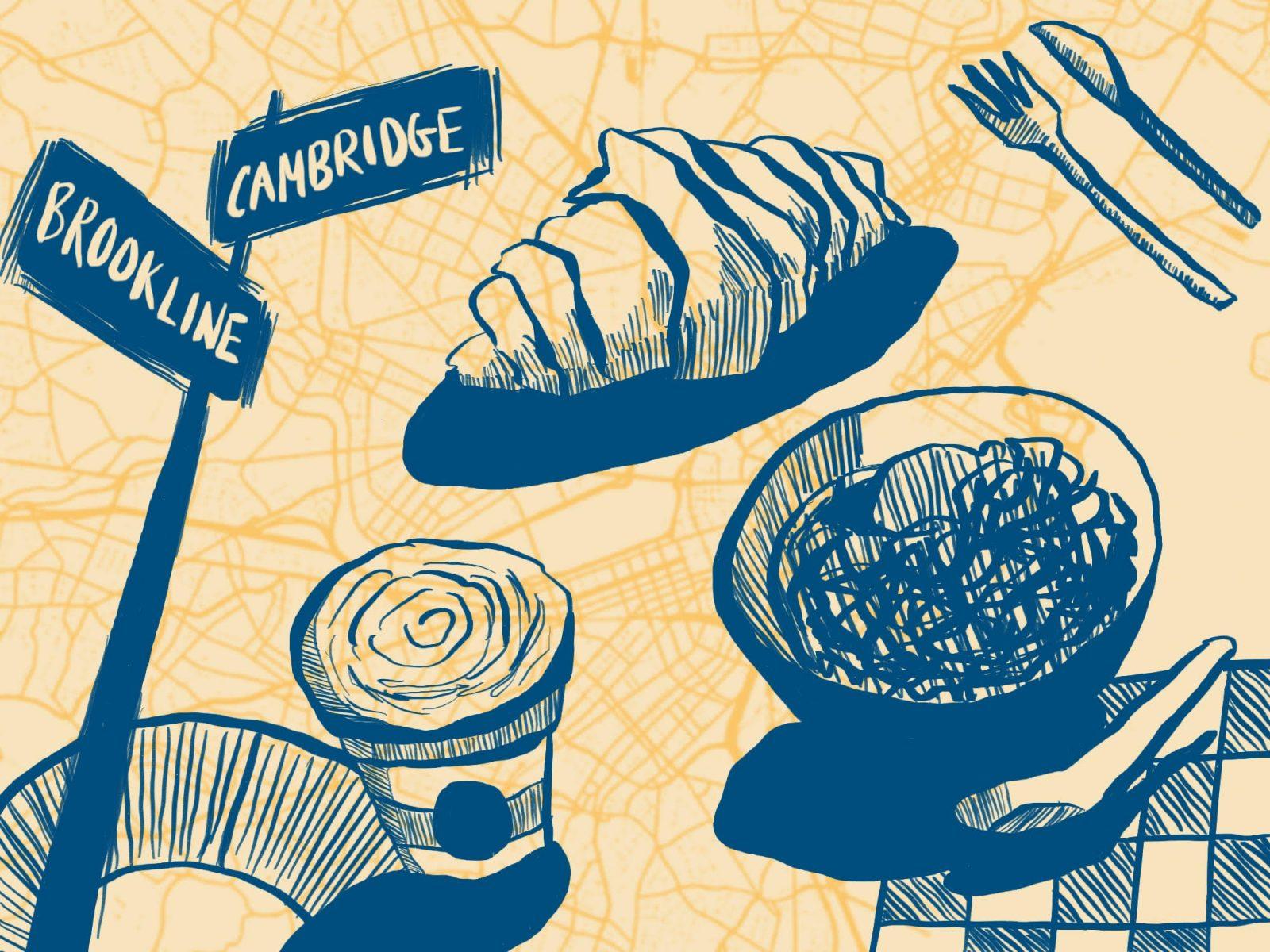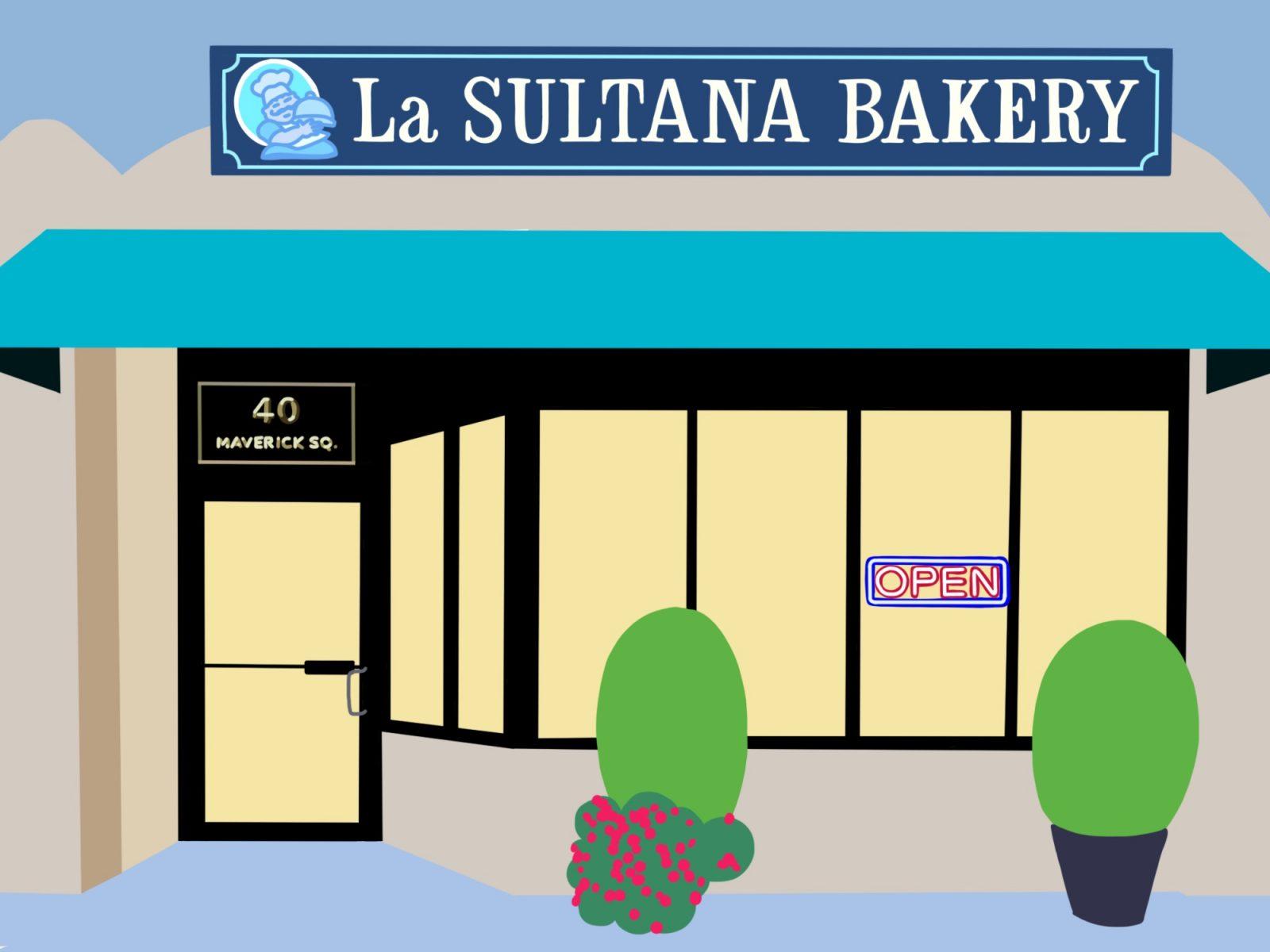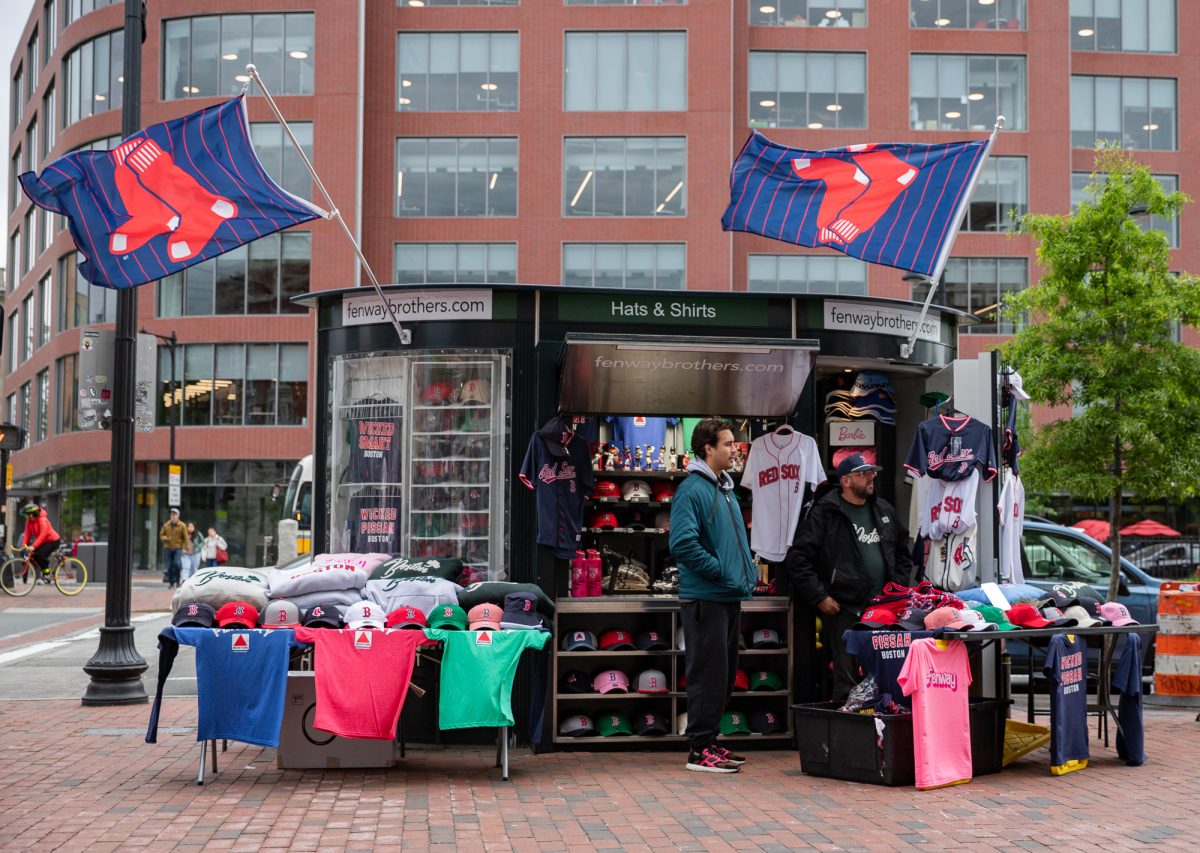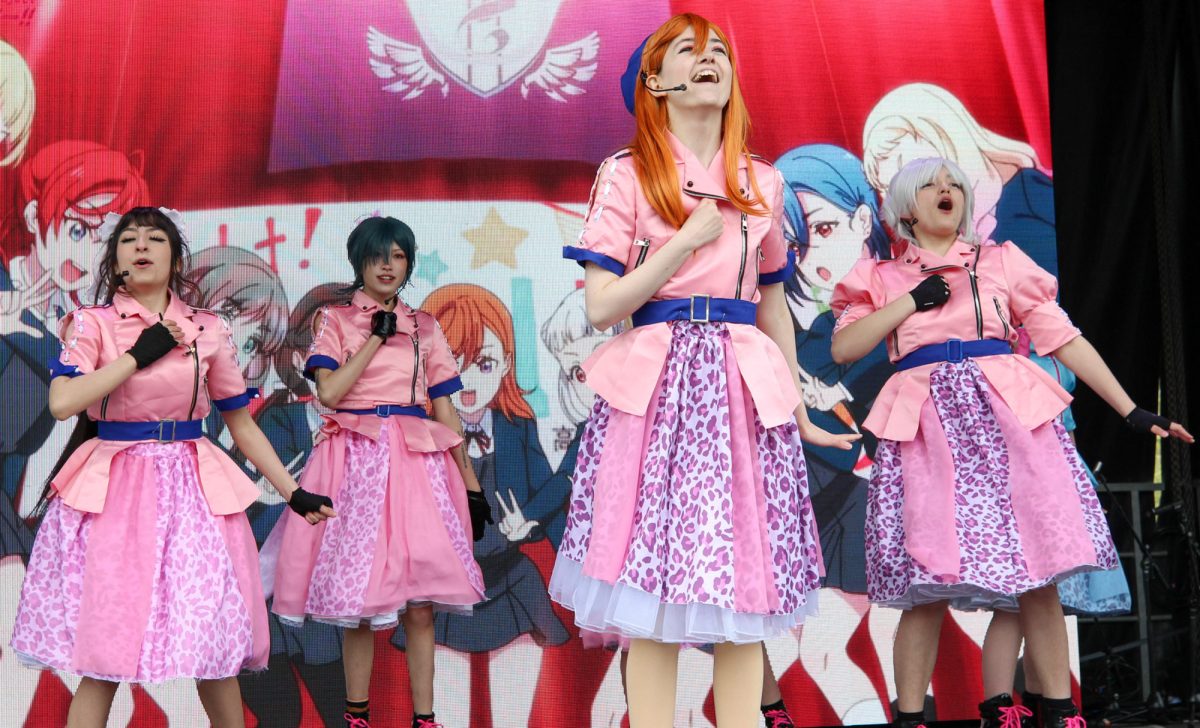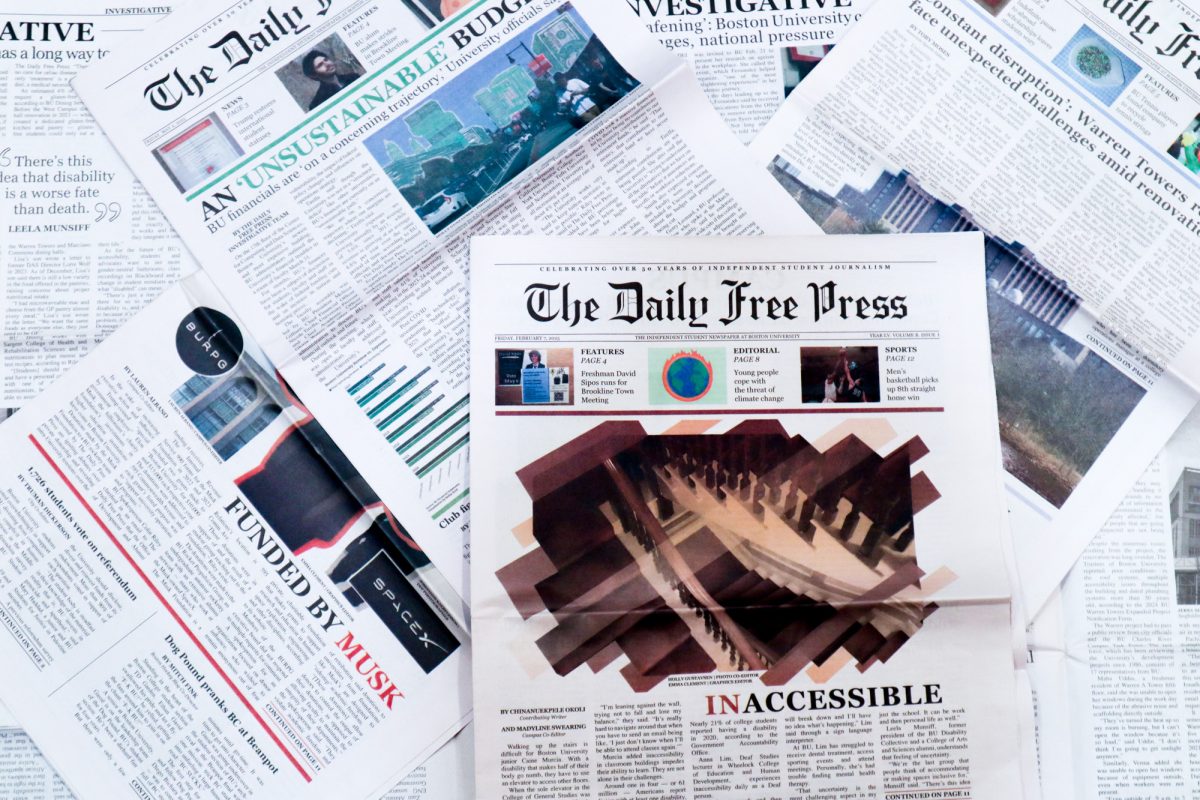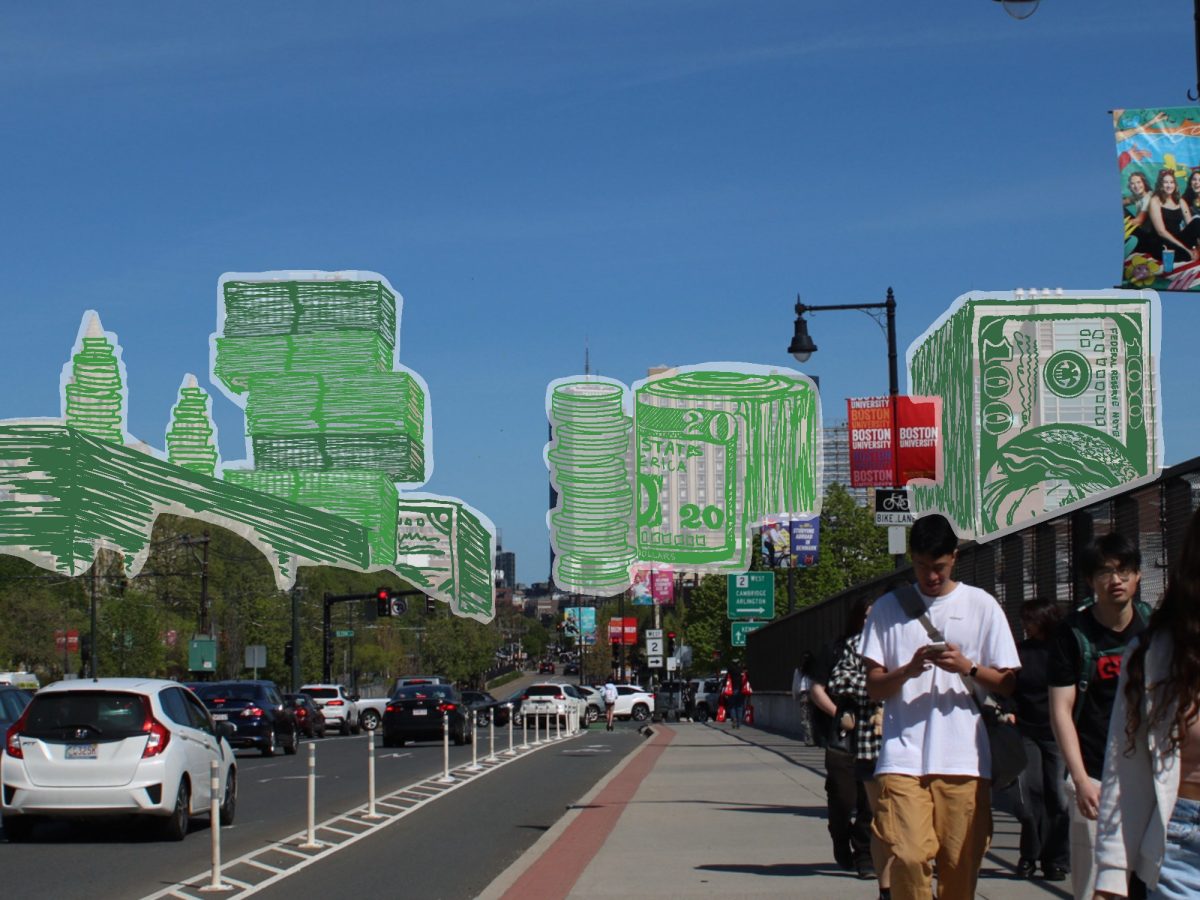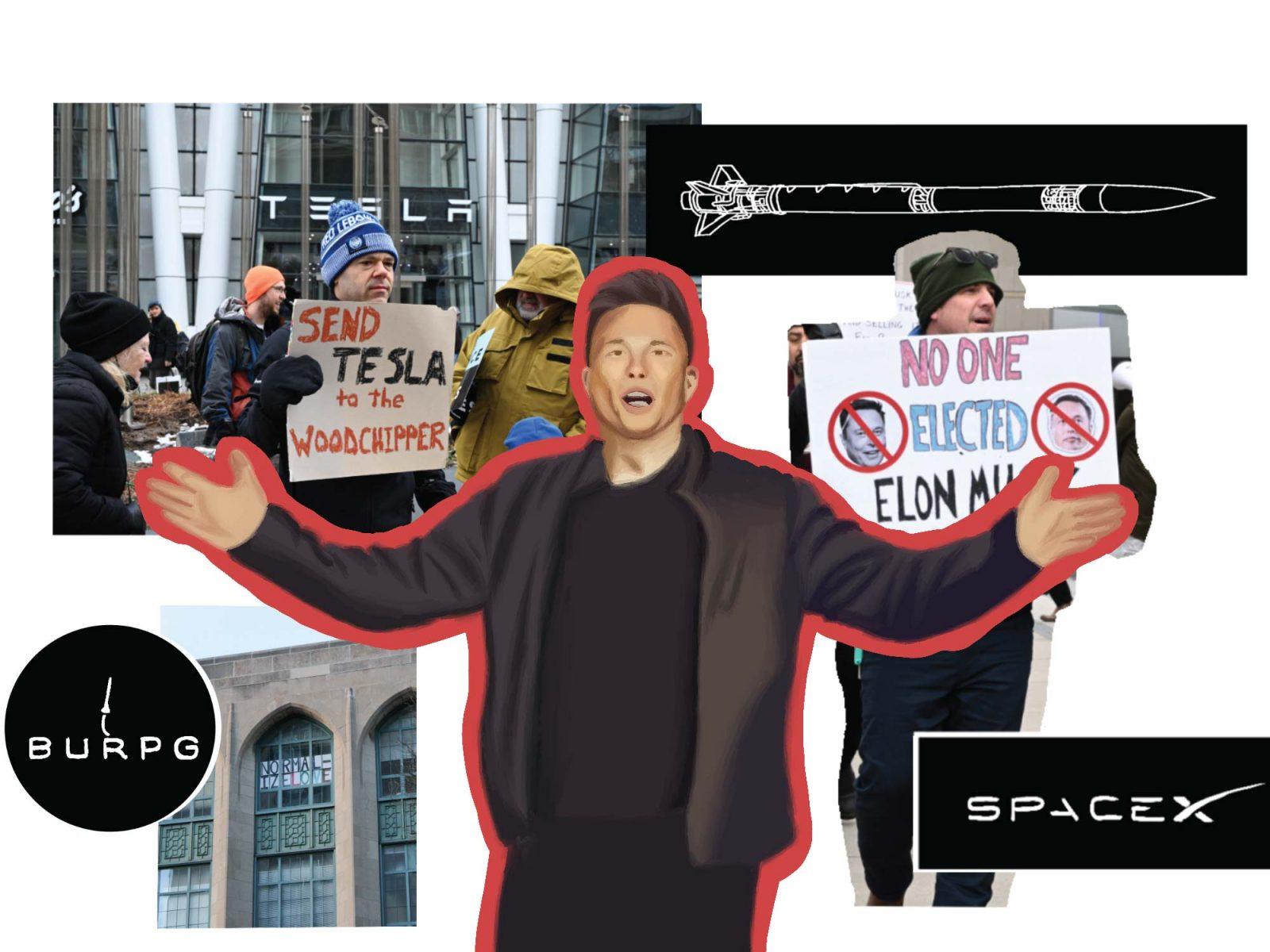One of the first things Boston University freshmen invariably notice about Kenmore Square is the giant red triangle hovering above it — the famous Boston Citgo sign. It’s a landmark, a modern wonder of the world. If the ancient Aztecs had ever seen it, they would have sacrificed hundreds of slaves to the glowing god of three-sided shapes.
Beneath the sign, however, sits not a humongous Citgo station, but the BU Barnes ‘ Noble. Although some say their Starbucks coffee tastes like gasoline, the nearest real Citgo station is more than a mile away. Why the giant sign, then? It’s a billboard. It promotes Citgo gas, and is placed in that location for maximum visibility.
It’s a bit disheartening to think of the Citgo sign as nothing more than an advertisement when it has become such a symbol of Boston culture. But an advertisement it is. At first glance, it doesn’t even seem like an effective ad. If you had to choose between buying Citgo gas at $3 per gallon, and another gas at $2.90 per gallon, would you really pay the extra money because you saw a glowing triangle in Kenmore?
In fact, the same goes for a lot of ads. The billboards in Fenway Park and other stadiums don’t try to convince you to buy anything; they just stick their corporate logos in your face. T stations line their walls with logos, NASCAR racers decorate their cars with logos and New York’s famous Times Square is chock full of them. The effort seems a bit mystifying (to me, at least). Maybe NASCAR fans’ brains work differently than everyone else’s, and seeing a car marked “Marlboro” driving around in circles makes them want to take up smoking.
Racing fans notwithstanding, new customers are rarely attracted by logos. That job is usually done by advertising campaigns: multimedia blitzes in the form of commercials, billboards, print ads and more. Ad campaigns are intense, focused on a particular market and “for a limited time only.”
Logos are the opposite of ad campaigns. If a commercial has too long a run, people start to get sick of it, and it can easily backfire. A good logo, on the other hand, can go without replacement for decades or more at a time — the Citgo sign dates from 1965, and the Coca-Cola logo is 122 years old.
If companies changed their logos frequently, it would defeat the purpose of using them. A logo is a signature for an otherwise faceless organization. The most common way people perceive corporations is not through their products, but through the logos on their packaging, advertisements or buildings. Of course, logos aren’t reserved for the use of commercial enterprises. One of the most famous logos in the world is that of the Red Cross, which is so associated with doctors and hospitals that it frequently appears in cartoons and video games as a universal symbol for health.
The phenomenon is not so different from the way that idols served as the outward faces of broad natural concepts. Gods and goddesses were logos for the ancient Greeks. Seeing a statue of Poseidon in Athens called to mind the majestic, furious sea just as much as seeing the “swoosh” today in Boston calls to mind the majestic, furious Nike brand of shoes (named after the Greek goddess of victory).
An ancient mariner might have kept an image of Poseidon with him to bring the protection of the god onto the boat. Modern logos work in the opposite way. Taco Bell’s billboard doesn’t appear in Fenway Park to grant the Red Sox the favor of the mystical taco god; it grants Taco Bell the favor of the Red Sox Nation.
Companies frequently place logos in places people like to be, especially sports arenas. The idea is that, with luck, customers associate their favorite teams or places with the logo and the company connected to it. If the ploy is successful, people start to get a familiar, positive feeling about the product, and are more comfortable with buying it. Sure, you wouldn’t buy Citgo if there were a cheaper alternative right across the street. But that’s usually not the case; people tend to pick a favorite gas station for no concrete reason, or else to stop at whichever station is closest to wherever they are when they realize they need gas. If you were making such an arbitrary decision, might you pick Citgo over some less recognizable brand? Most people would.
Logos may not have the powerful impact of commercials or ad campaigns, but they are still vital. The way the public sees a company’s logo determines how the public sees the company. That’s why you don’t see logos on the walls of public restrooms. What company wants to be associated with a dirty toilet?
On the other hand, a well-placed, well-designed logo can subtly influence customers to trust one brand over another. It’s not quite as good as having a golden Citgo idol atop Kenmore Square, but it’s a start.
Aaron Segal, a junior in the College of Arts and Sciences, is a weekly columnist for The Daily Free Press. He can be reached at [email protected].


